Dieser Artikel ist auch auf Deutsch verfügbar. Click here to find out more about Moldova!
I’m sitting in Chişinău with Sergei, the landlord of our apartment, and we’re talking about our travel plans. Where we are going to over the next few days, he asks. To the northwest, up to Soroca, I reply. A round trip with the rental car. He wants to know what we are interested in in his country after all. A bit of everything, I say, landscapes, culture, people. History, the remnants of the Soviet Union and such. Suddenly Sergei becomes quiet, almost casts a few glances left and right, as if what will follow is a big secret, and finally says: “There is this … Bunker. In a forest, a few hours from here.” I nod and look at him knowingly. We understand each other.
After a moment’s silence, he adds: “Send me pictures. I’ve never been there.”
The nuclear war must go on
One of the most important elements of nuclear warfare are not the number or the strength of your nuclear warheads, but the maintenance of the so-called “second-strike capability”. Each side must always assume that they can not completely destroy the enemy with the first strike and have to expect a counter-strike which destroys at least a large part of their own territory. The English term for this is Mutually Assured Destruction (MAD).
Ensuring second-strike capability includes not only keeping the location of your fixed launch sites as secret as possible and using mobile launchers (like trucks or submarines), but also securing the chain of command in the event of the destruction of large cities. In the United States, the president unleashes the counter-strike via radio signal from the Air Force One, while the Soviet Union has traditionally relied on huge bunkers (see, for example, my visit to Bunker 42 in Moscow). The territory of the Soviet Union was many times larger than that of the United States of America, so they had to build a whole network of bunkers to make sure its leaders would never be far from an alternate command post.
Even though the Cold War had already cooled down during the 1970s, construction of several of these alternate command facilities began in 1985. Of these, Object 1161 on the border to Poland in Belarus and Object 1180 in a forest in today’s Republic of Moldova are known. These are giant metal cylinders with a diameter of about 36 meters each and a height of up to 60 meters, which were embedded in correspondingly large shafts in the ground. The metal cylinders are hydraulically mounted at the bottom and could move in the shafts similar to an earthquake-proof building if a nuclear warhead was to detonate nearby. A common construction back then, which was also used for the command centers of the fixed launch sites. Construction of the facility in Belarus alone is said to have cost about 32 million Soviet rubles until 1990, somewhere between 50 and 100 million dollars. For comparison: a five-story apartment building is said to have cost the Soviet Union about a million rubles at the same time.
Object 1161 in Belarus was finished and then abandoned after the end of the Soviet Union. Since there were often problems with metal thieves and other uninvited guests, the terrain was leveled and the entrances shed with concrete. Object 1180 in Moldova was not completed, the surrounding Red Army military base abandoned in 1991 and everything of value removed. The other alternate command facilities are now either located in restricted military areas, are not accessible for other reasons, or their existence is unknown to the public. They are said to have been built in Russia and Azerbaijan, among other countries.
The path to the complex leads over a long, unmarked forest road paved with concrete slabs. When we arrived there we ran into the first surprise: We were not alone. An old man looked at us from a dilapidated container, one of his dogs had alarmed him. I left my companion behind, walked slowly towards the container and started the negotiations in my best Russian. It did not take long though, 70 Moldovan Leu (about 3.50 Euros) later we had made a new friend and could start our descent into the first cylinder undisturbed.
There is a meter-wide gap between the metal cylinder and the shaft. The external staircase was still usable just a few years ago, but has now finally collapsed. The inspection of the lower floors is therefore only possible with appropriate equipment. According to various figures, there are a total of 12 or 13 floors.
The groundwater was formerly kept away by actively icing the surrounding soil, but has recaptured its place and flooded the lower floors. It is estimated that up to 90% of the facility, especially the tunnels, are now completely submerged.
Whether the old guard should really use the plant as his personal well is probably a good question…
The entire cylinder was welded together on spot from thick iron plates, while leaving openings for the supply lines. The reinforced concrete lid on the top alone has a thickness of about two meters. The shaft walls were clad with special, nuclear safety concrete.
What looks like windows today is actually doors to the outside stairs or openings for the transport of building materials and equipment. If the bunker had been completed, these openings would have been closed and a camouflage and protection infrastructure been erected above the bunker. In Belarus, this was done in the form of an about eight stories tall metal structure, which supposedly looked like a large hangar. There wouldn’t have been any sunlight here.
Although some visitors had immortalized themselves on the walls, it was hard to believe that such a large abandoned object could simply rustle in peace since 1991. It’s probably a combination of seclusion, irrelevance and popular myth. The complex is located several hours from the capital by car. There is not much of value to steal, the expensive equipment was not installed, the special steel used for the walls could only be removed with great effort. Technically, the terrain is also still a restricted military area, not everybody dares to come here.
Also no nuclear warheads were stored her. Thus, unlike in Ukraine for example, foreign countries had no interest in financially supporting the demolition, and the poor Republic of Moldova needs the money elsewhere.
The blueprint was designed for a completely self-sufficient installation with various facilities from command centers to a kitchen, a dining room and even a morgue. The life support systems were located in the second cylinder.
The basic pattern repeats itself again and again: wide corridors lead from the outside to the center and intersect there, the large rooms are located on the outer sides. Connections between floors are usually made on the outside wall, probably so that the floors could be sealed off individually in the case of an emergency. On the first floor of the first cylinder a total of four exits lead to the outside.
Many Soviet bunkers were planned under the assumption that self-sufficient operation would not have to be maintained for long and help would arrive from the surface. In the command centers there were usually two teams present at all times: one operated the equipment, while the other rested on a separate floor and waited for the shift change. In case of insubordination by the active crew, the second team had to eliminate the deserters (by force if necessary) and execute their orders.
An unexpected find: Bats had made themselves comfortable in one of the darker parts and were not pleased by our arrival.
Time to work our way to the second metal cylinder. Whether the tools on the top were left behind by the construction teams in 1991 or stemmed from a later demolition attempt could not be clarified with certainty.
What looks like a series of “launching tubes” were actually just about one and a half meters long, empty steel tubes closed off at the other end. Maybe these should later have become the connections to the outside world.
The descent into the second cylinder was much more difficult. The construction process had probably not progressed as far here, on one side a deep pit opened up and part of the shaft was still open. Probably the pit would have been filled and the shaft completed as soon as the building materials and equipment had been put in place.
A distinguishing feature of Object 1180 is the underground tunnel system, which connects the metal cylinders to each other and to the structures above ground. In contrast to the clearly visible metal cylinders you have to look carefully, other visitors seem to have overlooked this system or at least not reported about it.
Unfortunately there was water everywhere in the corridors. Note for next time: Bring rubber boots!
Farther away from the bunkers there are the ruins of the former crew quarters. Only a few were completed, the entrances were closed. Someone actually still seemed to be living in one of the apartments. Never forget the first rule for Lost Places in Eastern Europe: “To foreigners it might look like an abandoned ruin, to us it’s still an acceptable place to live in” 🙁
This concrete ring probably doesn’t look like it, but it has a very special feature: The inscription reads “ЫНТРАРЕ ИНТЕРЗИС”, “Intrare interzis” in Moldovan/Romanian, “Entrance prohibited” in English. The Moldovan Language was written using Cyrillic letters in the Moldavian Autonomous Soviet Socialist Republic until 1989, even though the language is identical to Romanian. Since the independence from the Soviet Union, Romanian has been the official language and is written using the Latin alphabet. The Cyrillic spelling is only still being used in Transnistria.
More pictures of Lost Places can be found in the corresponding category.
This post was written by Simon for One Man, One Map. The original can be found here. All rights reserved.

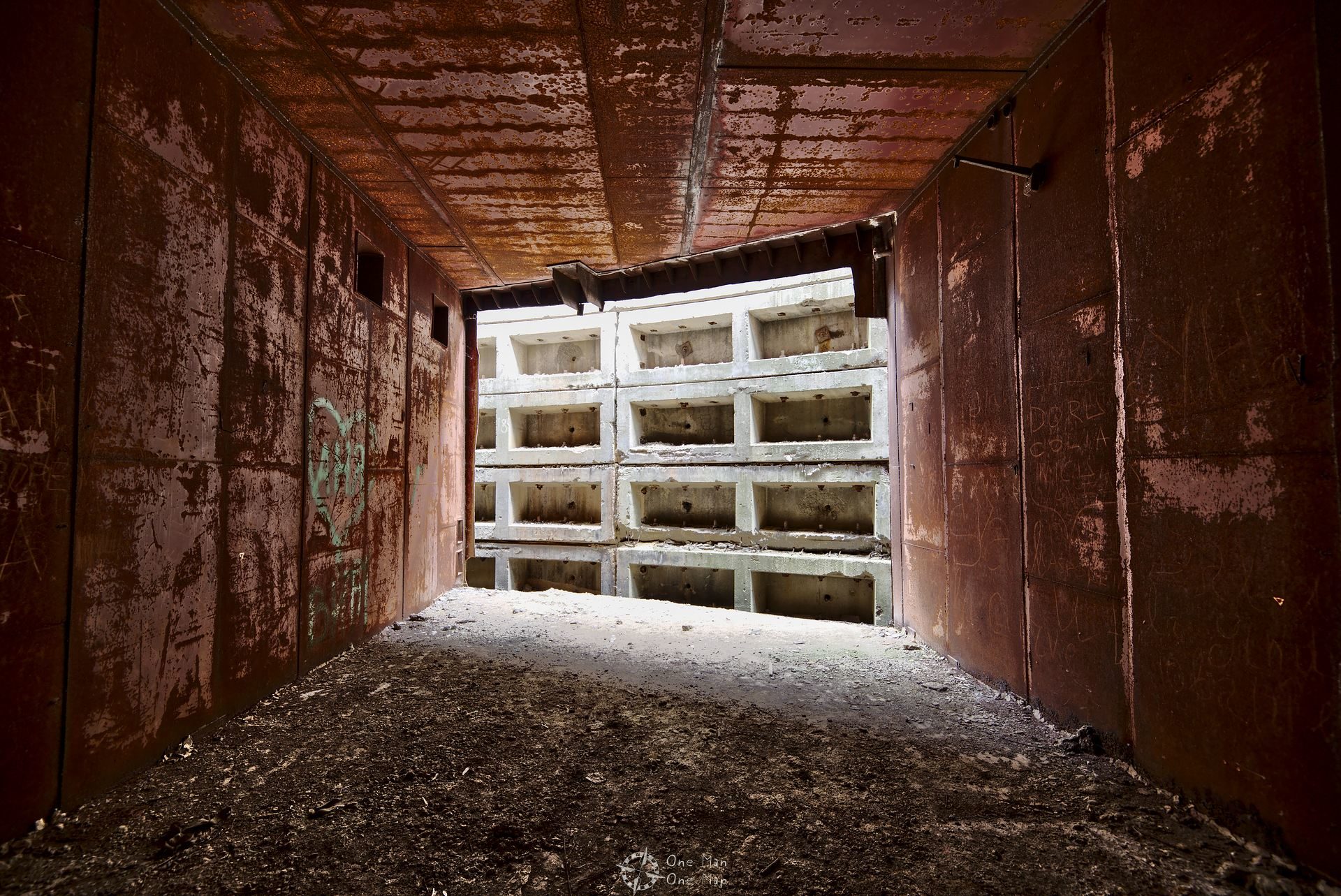

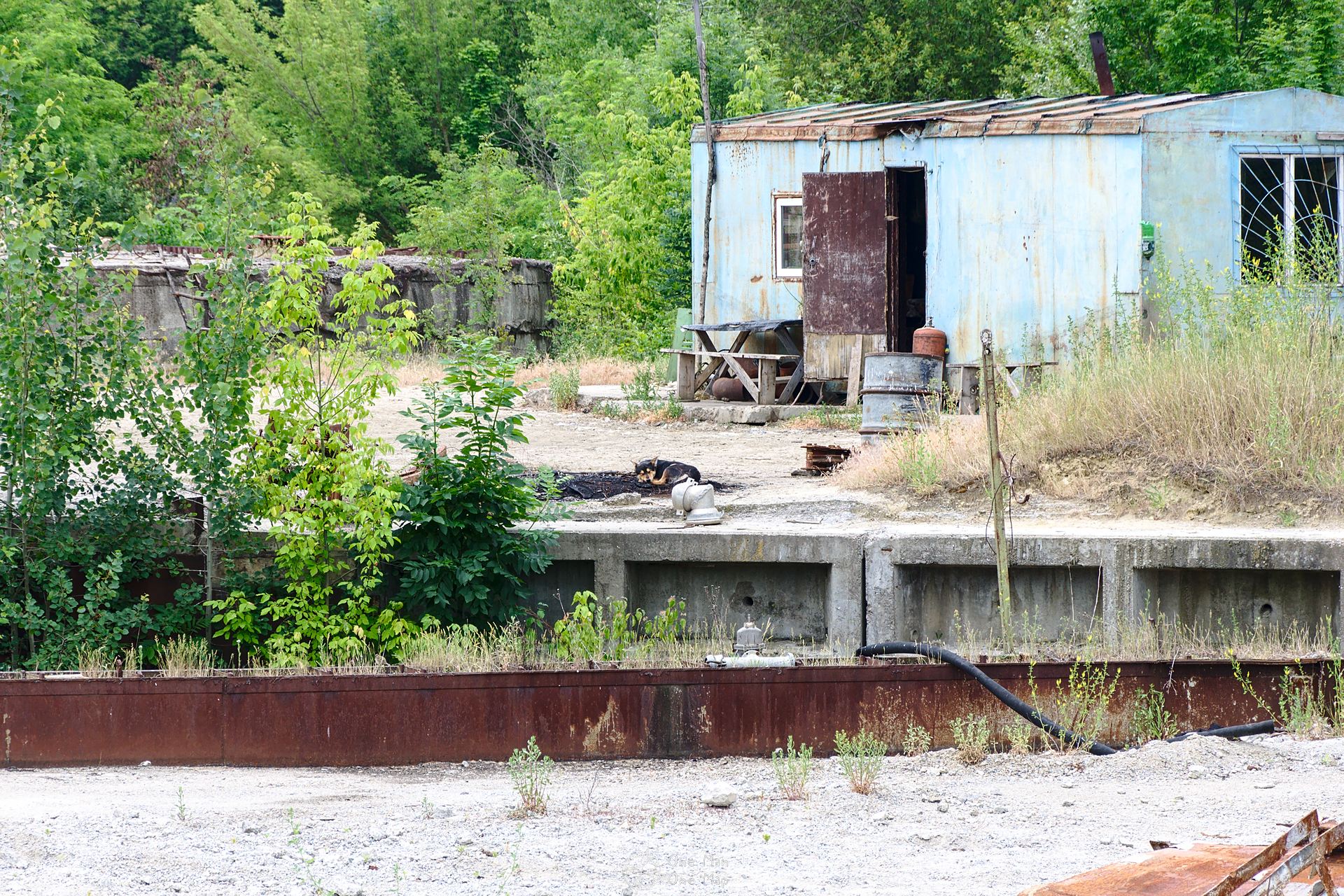
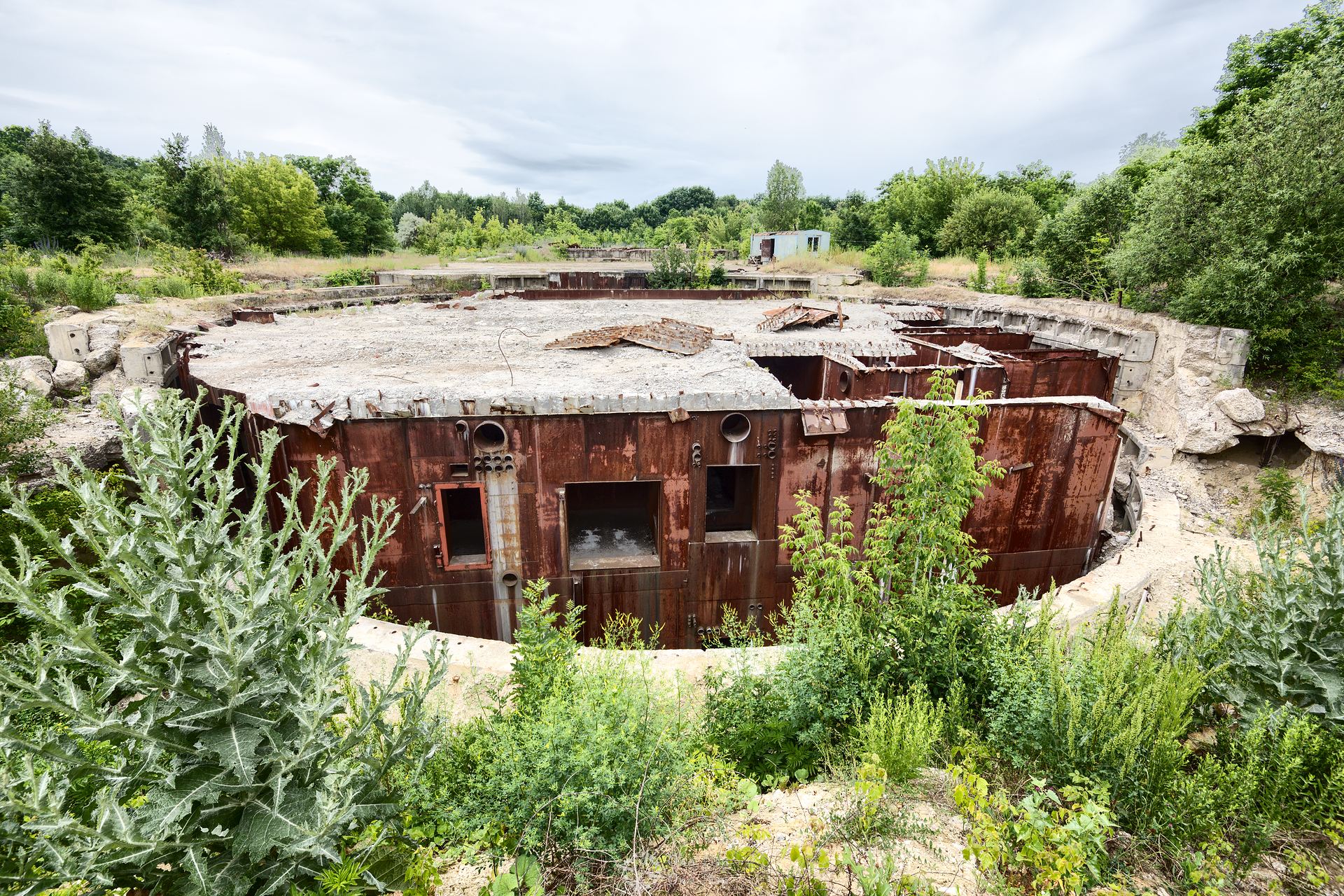
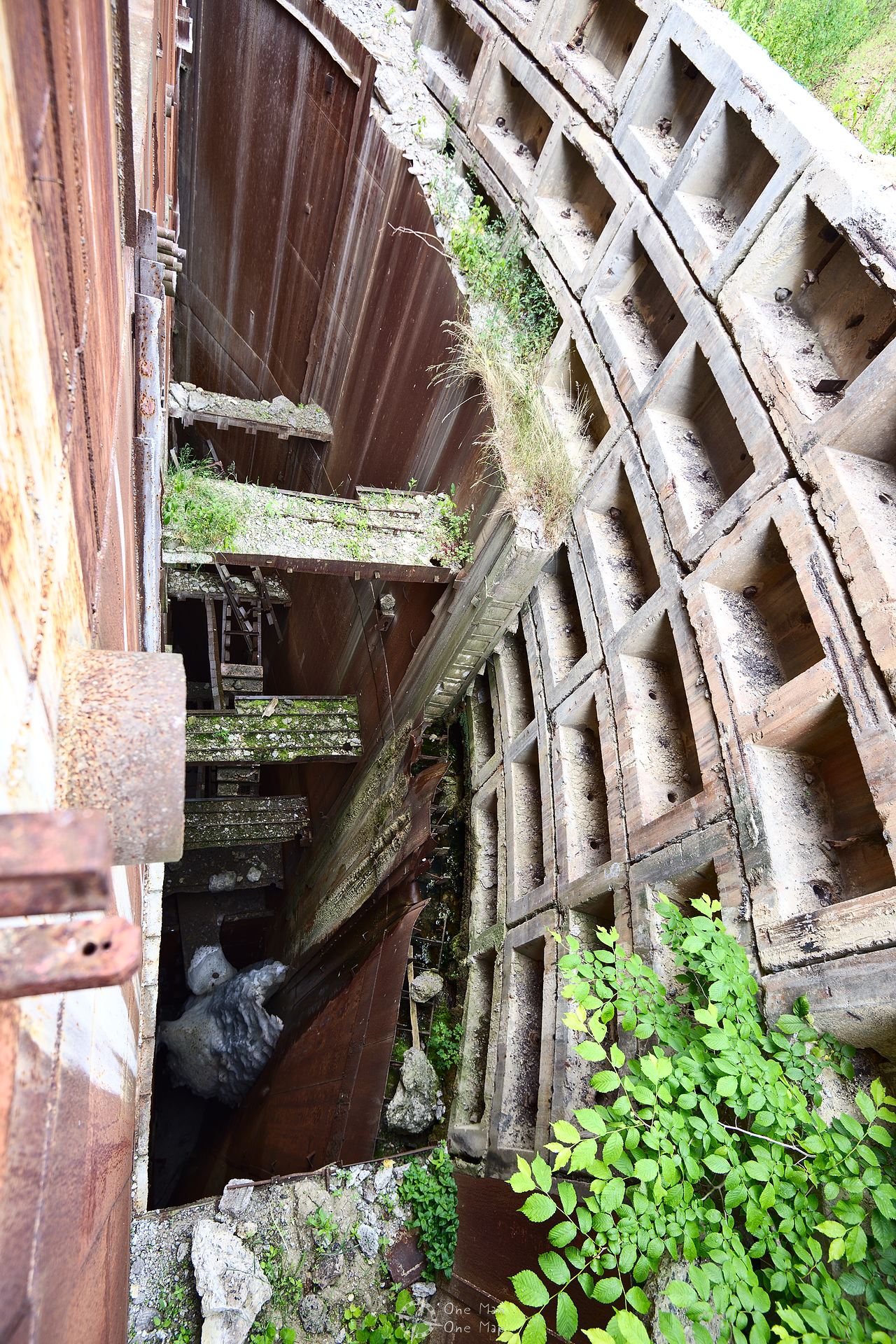
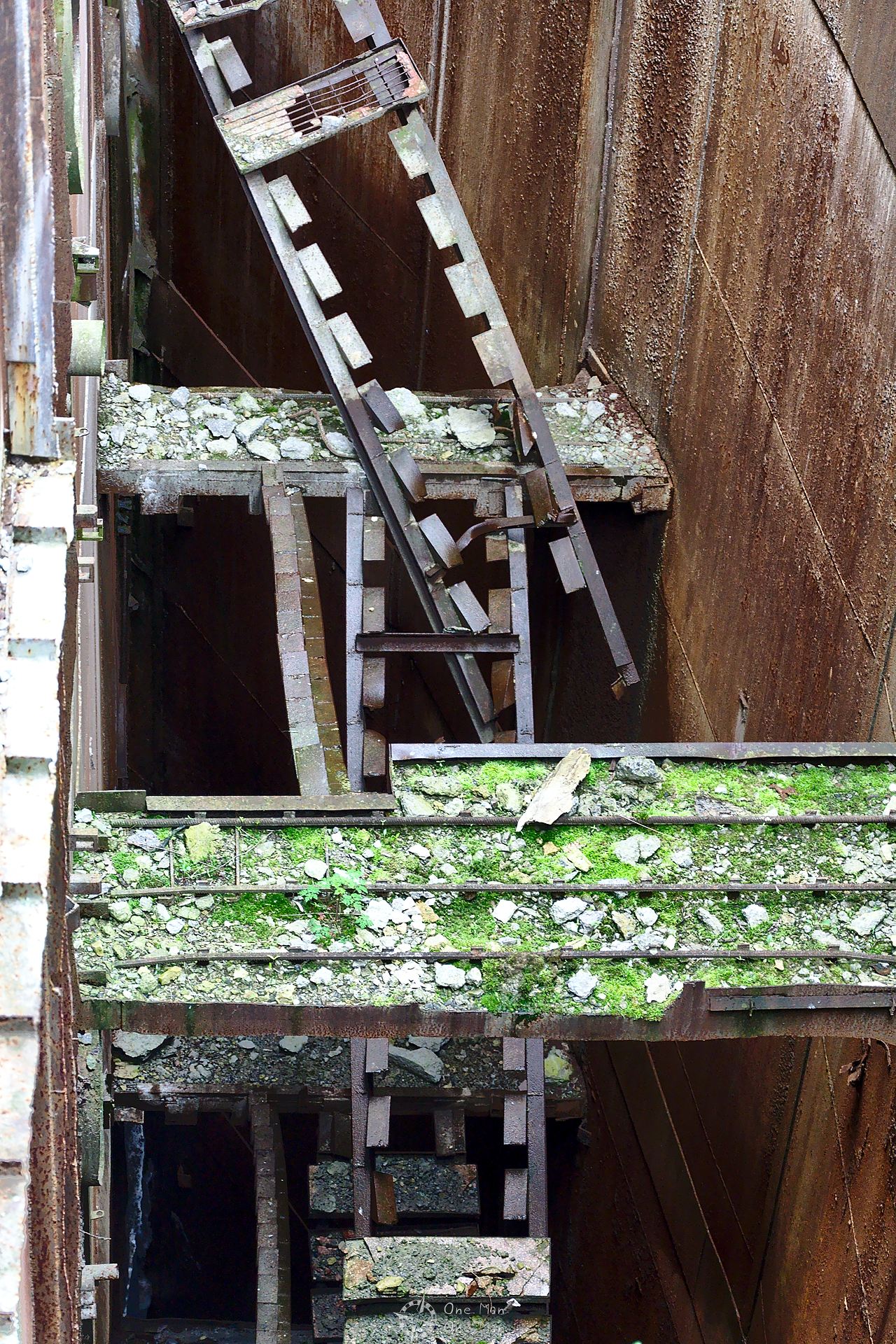
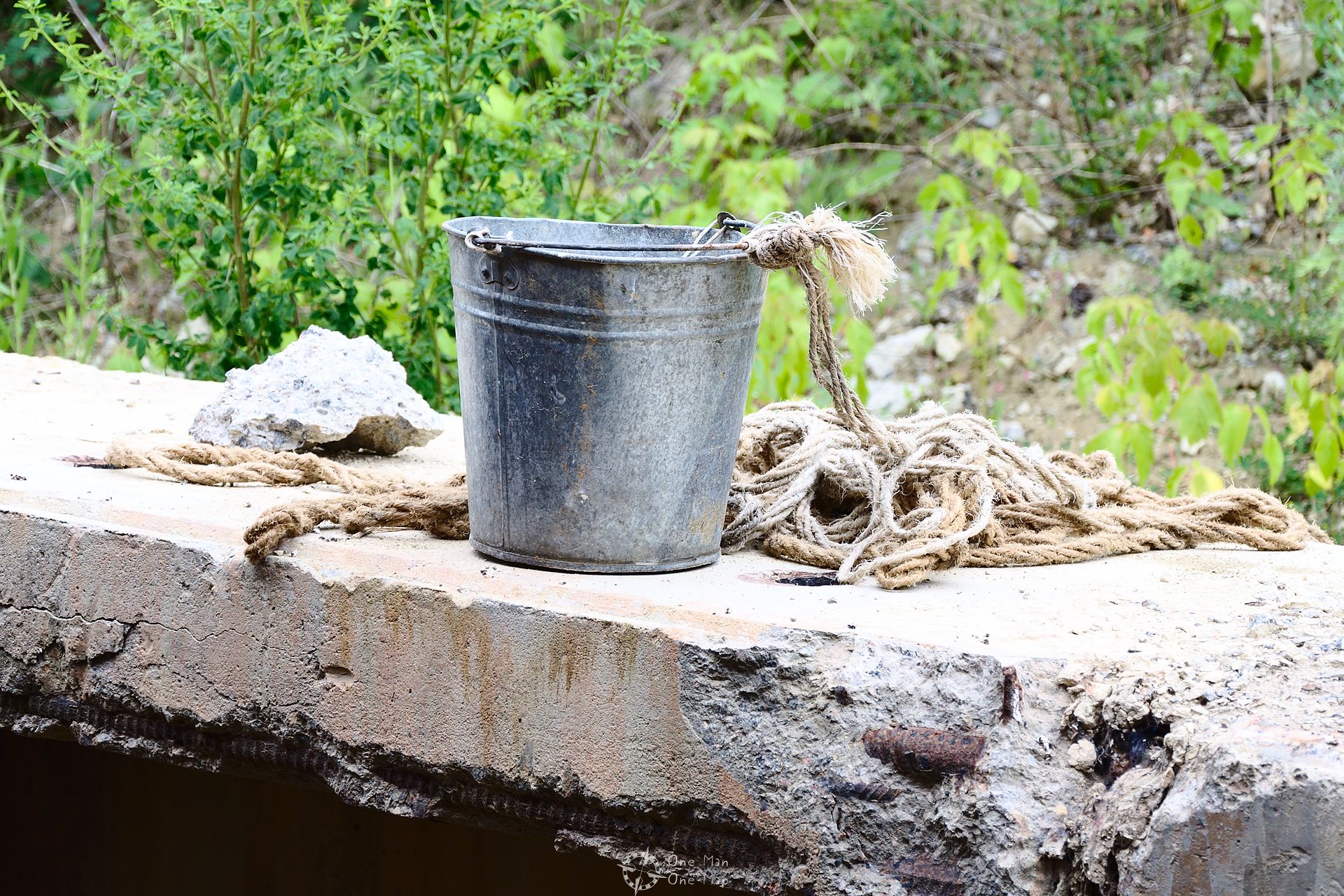
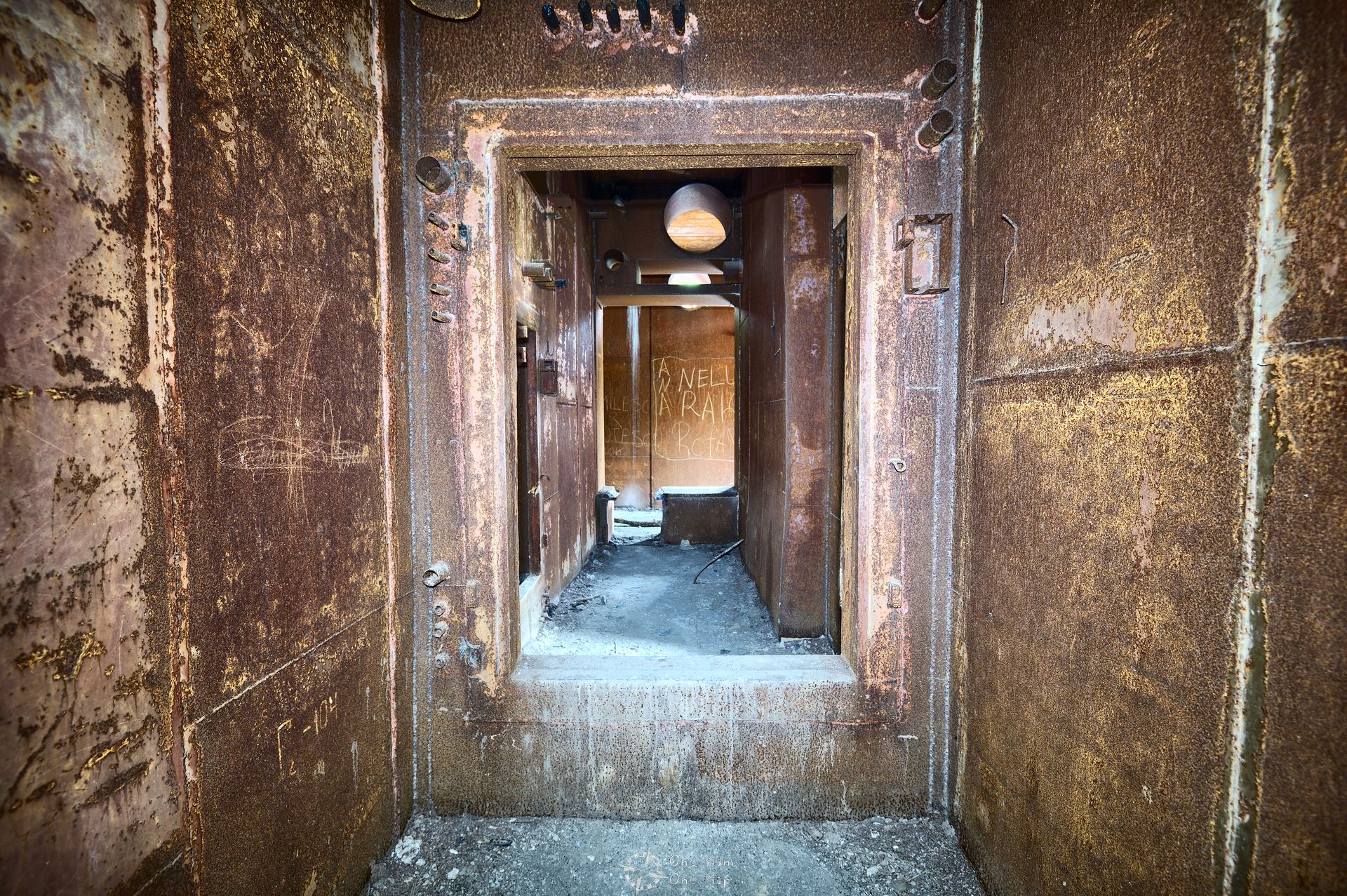
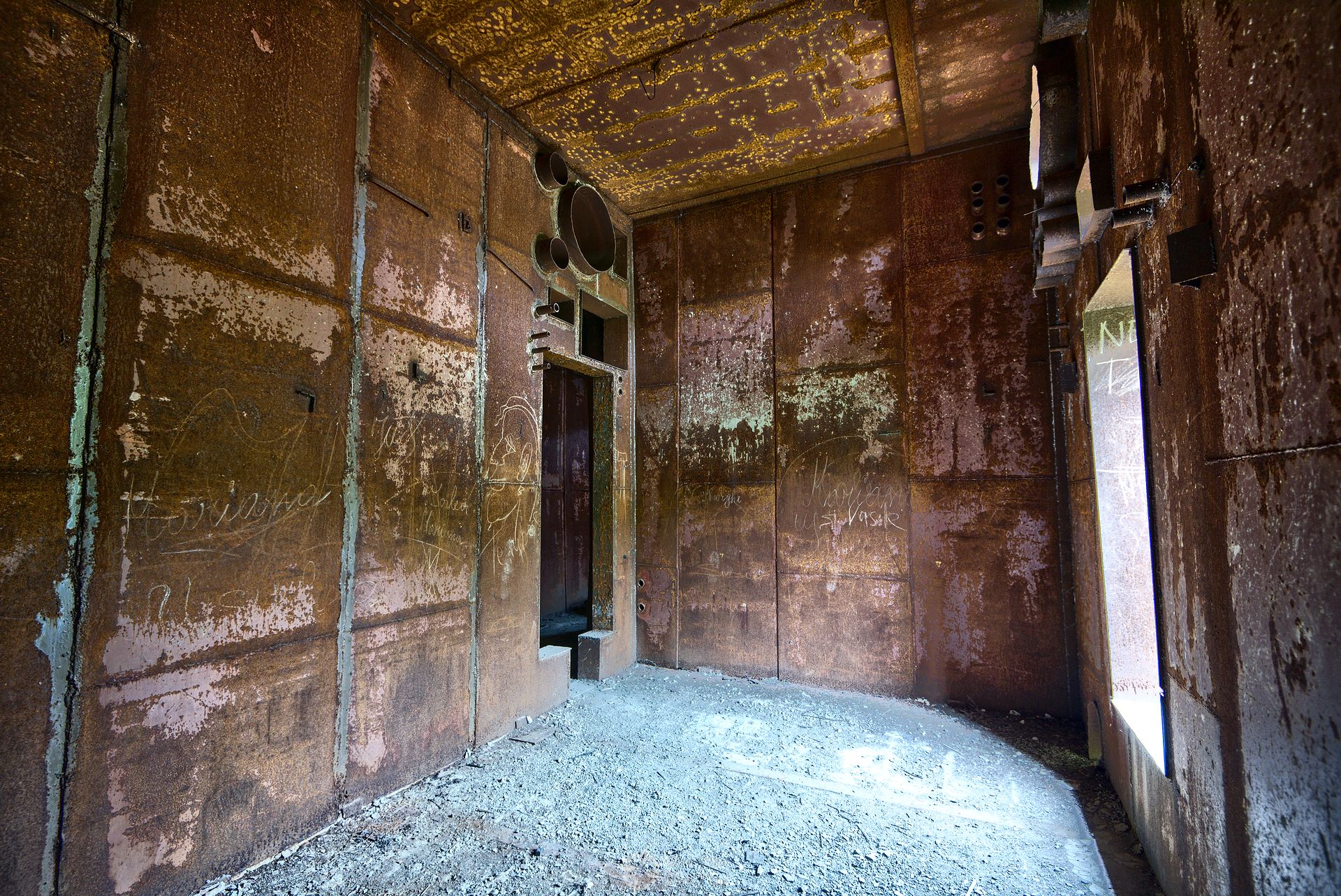
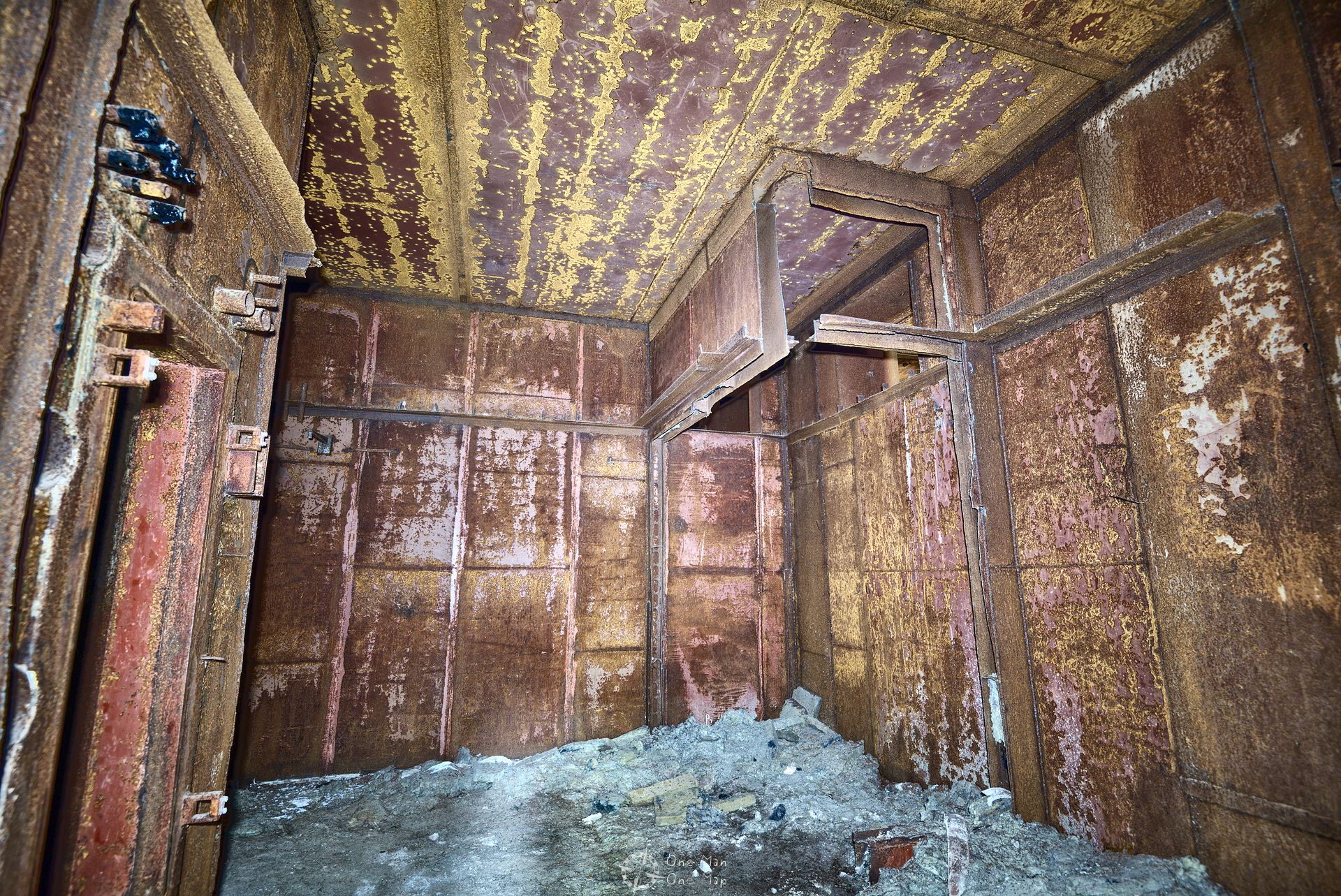
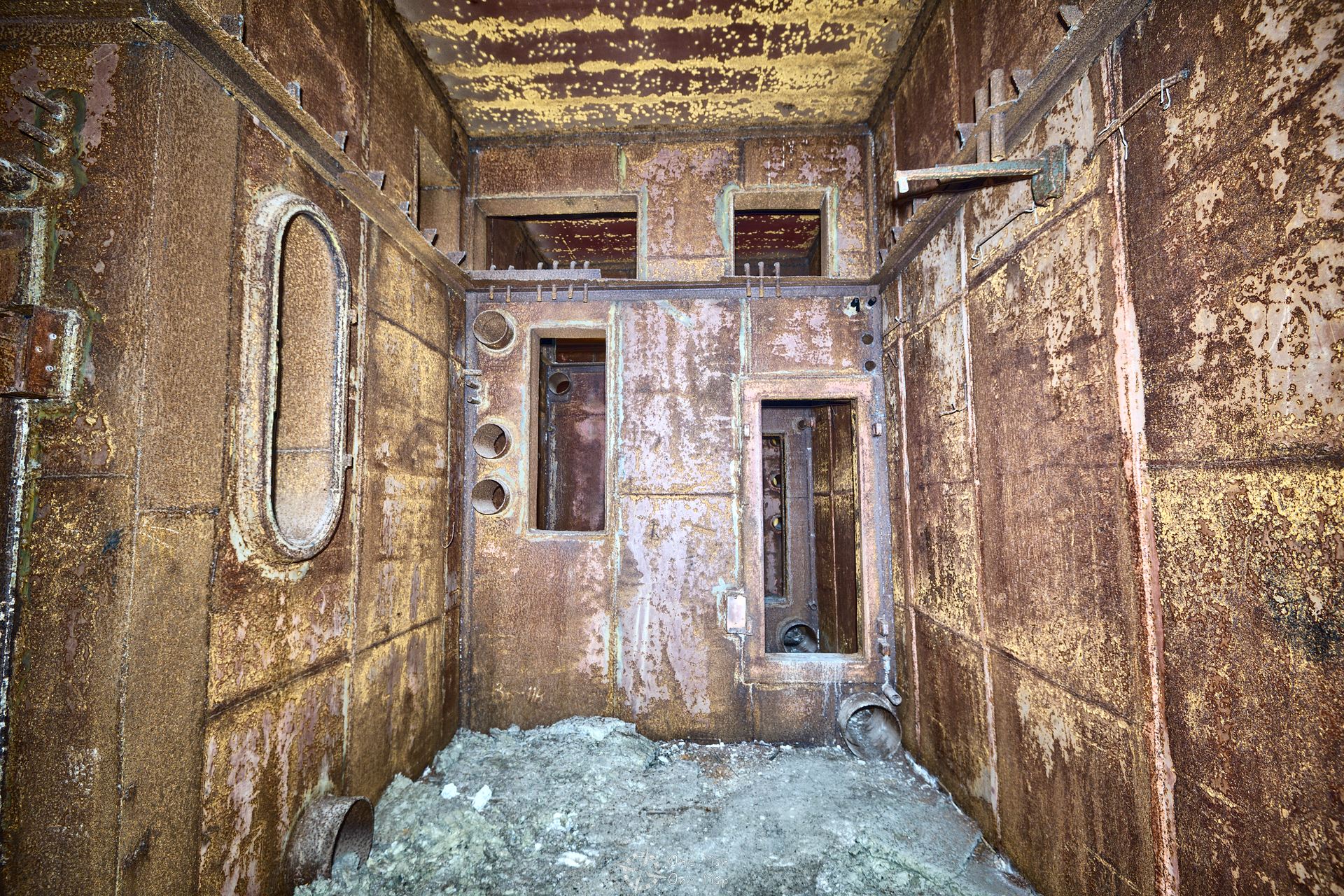
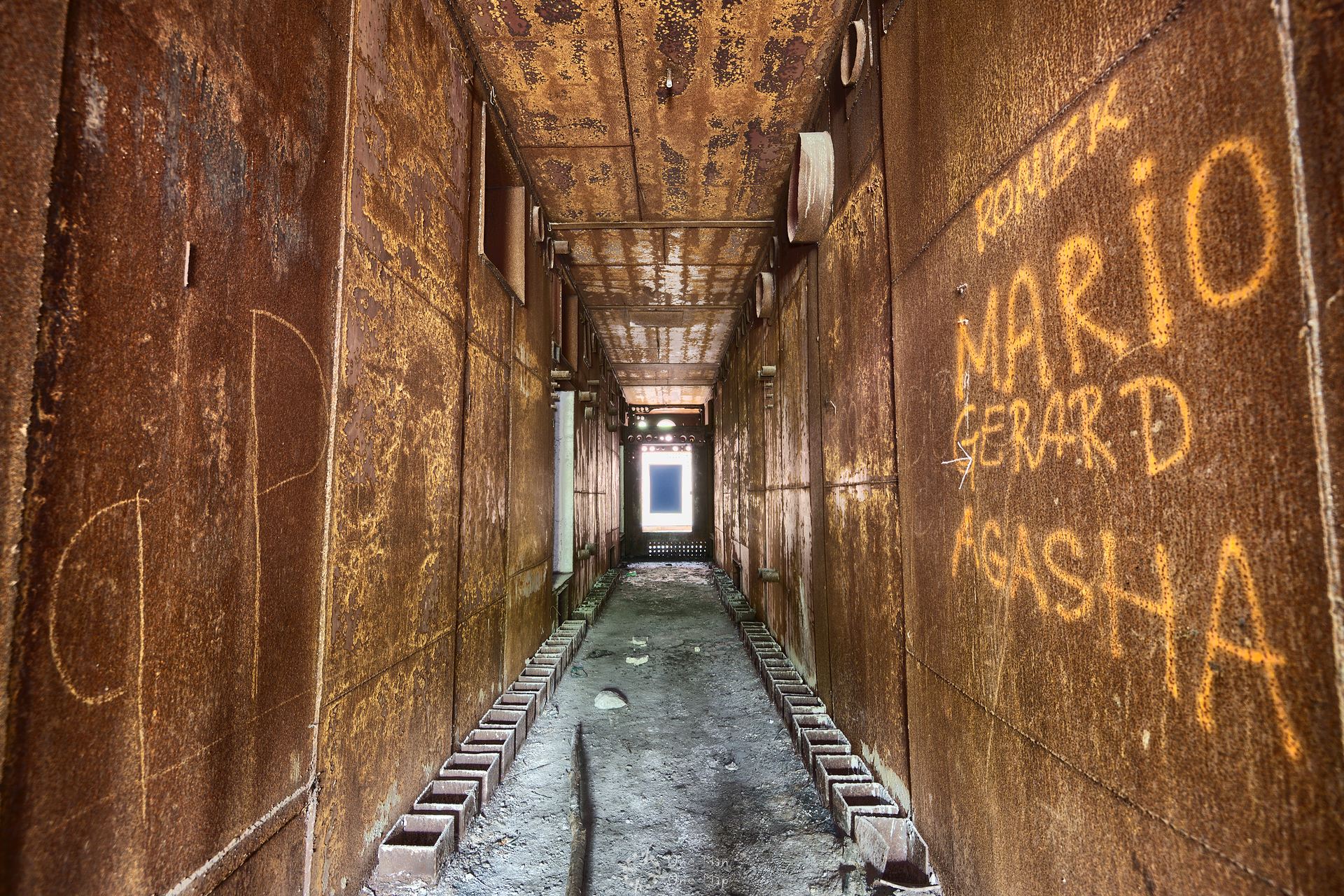
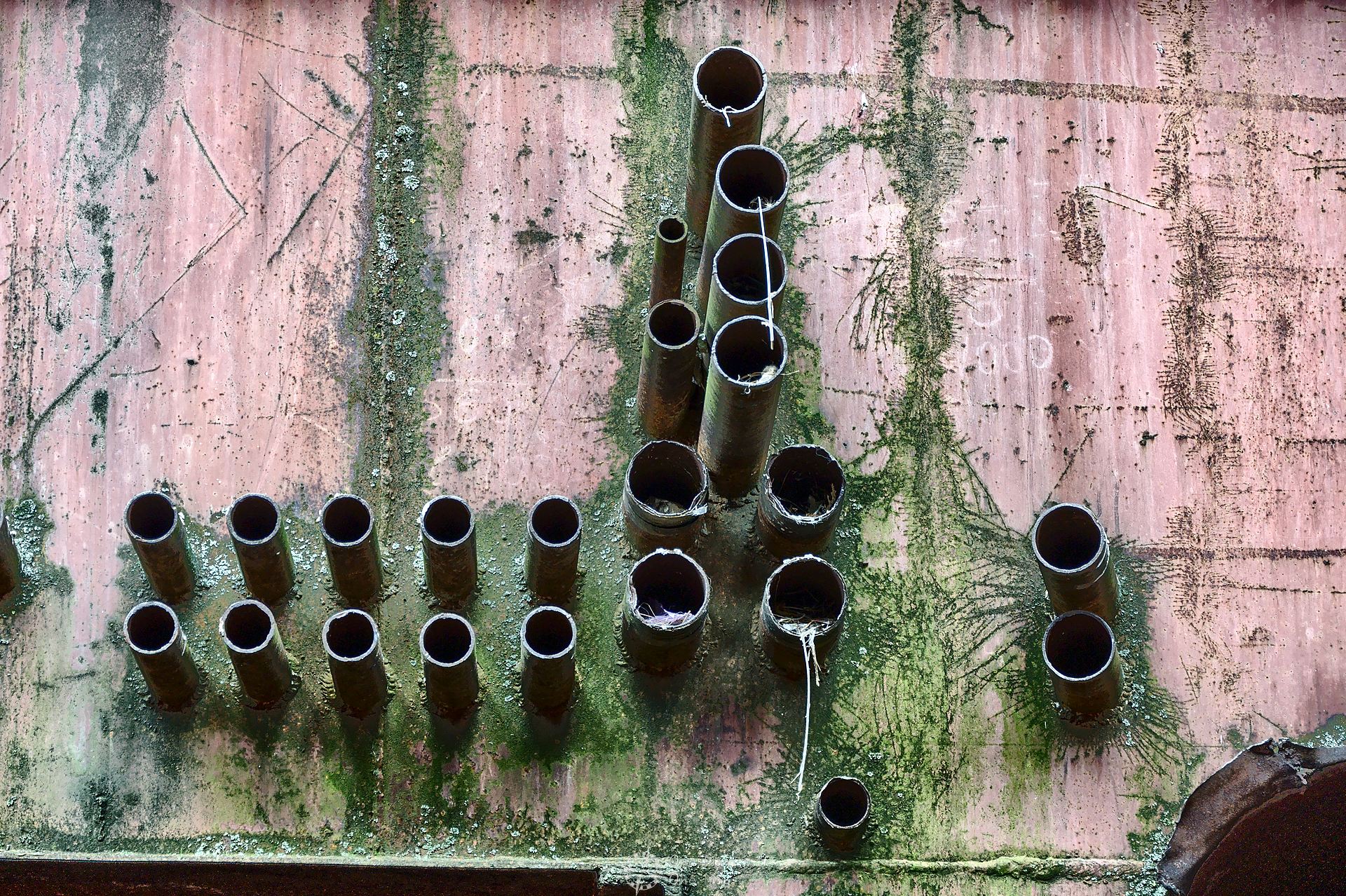
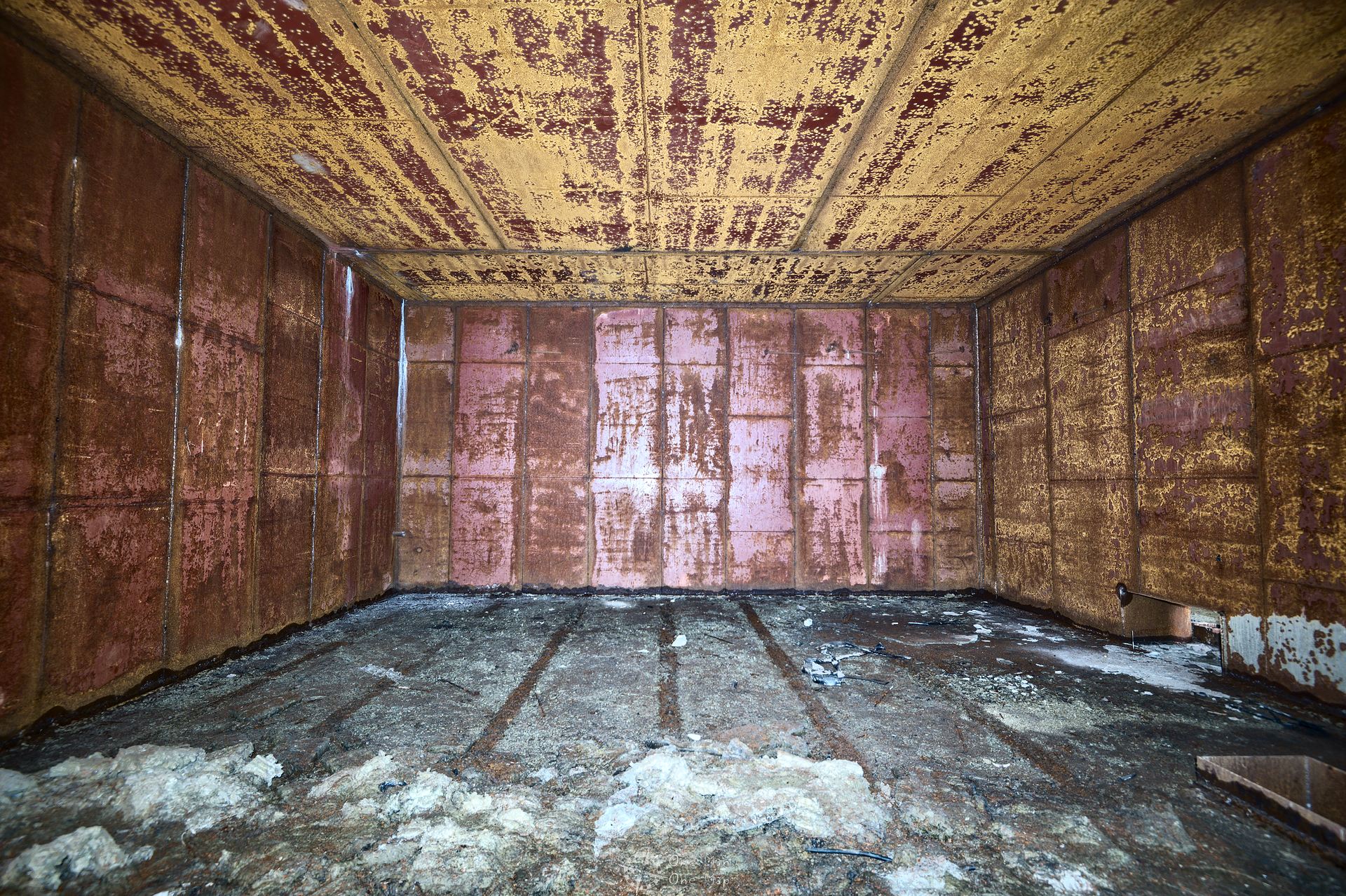
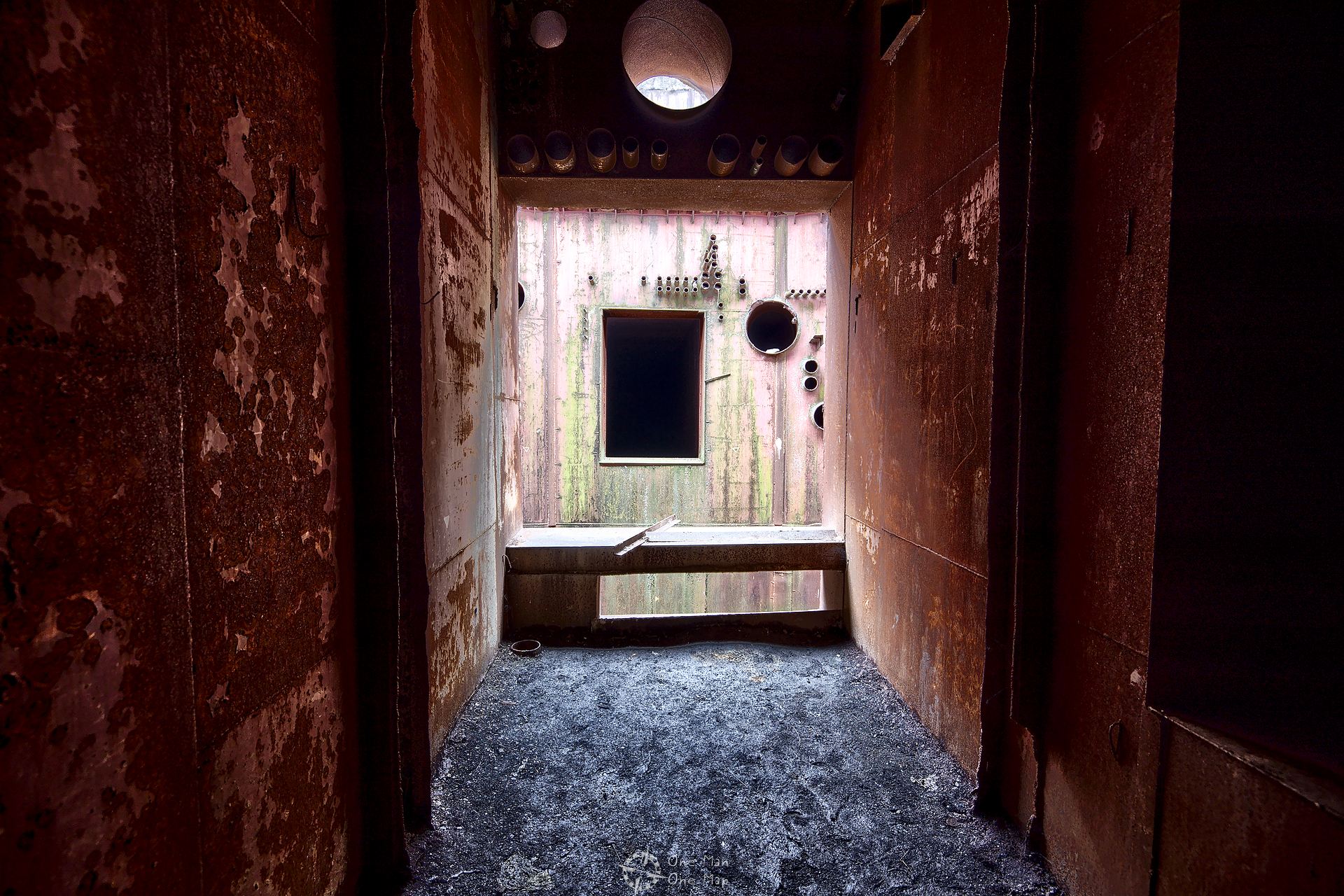
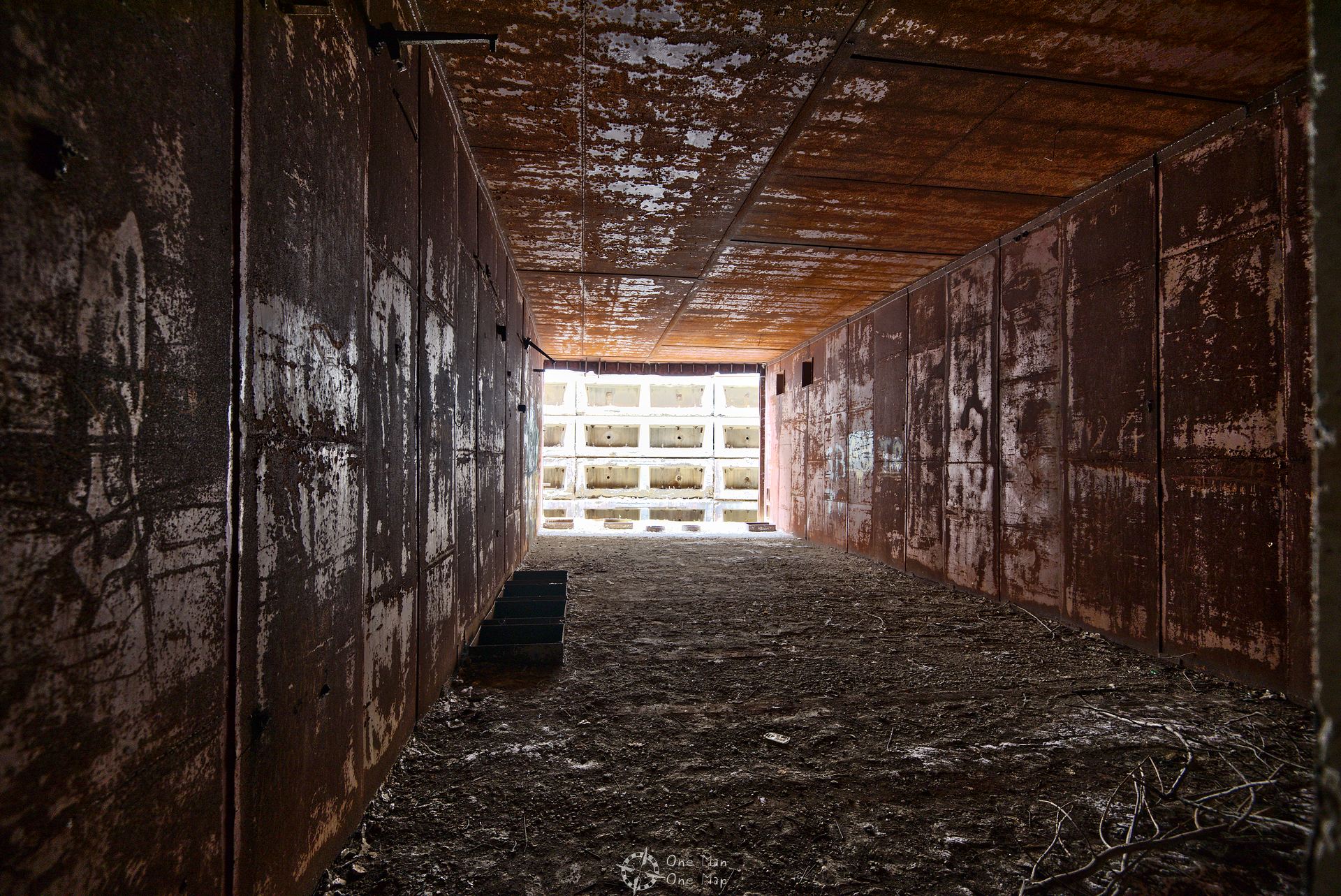
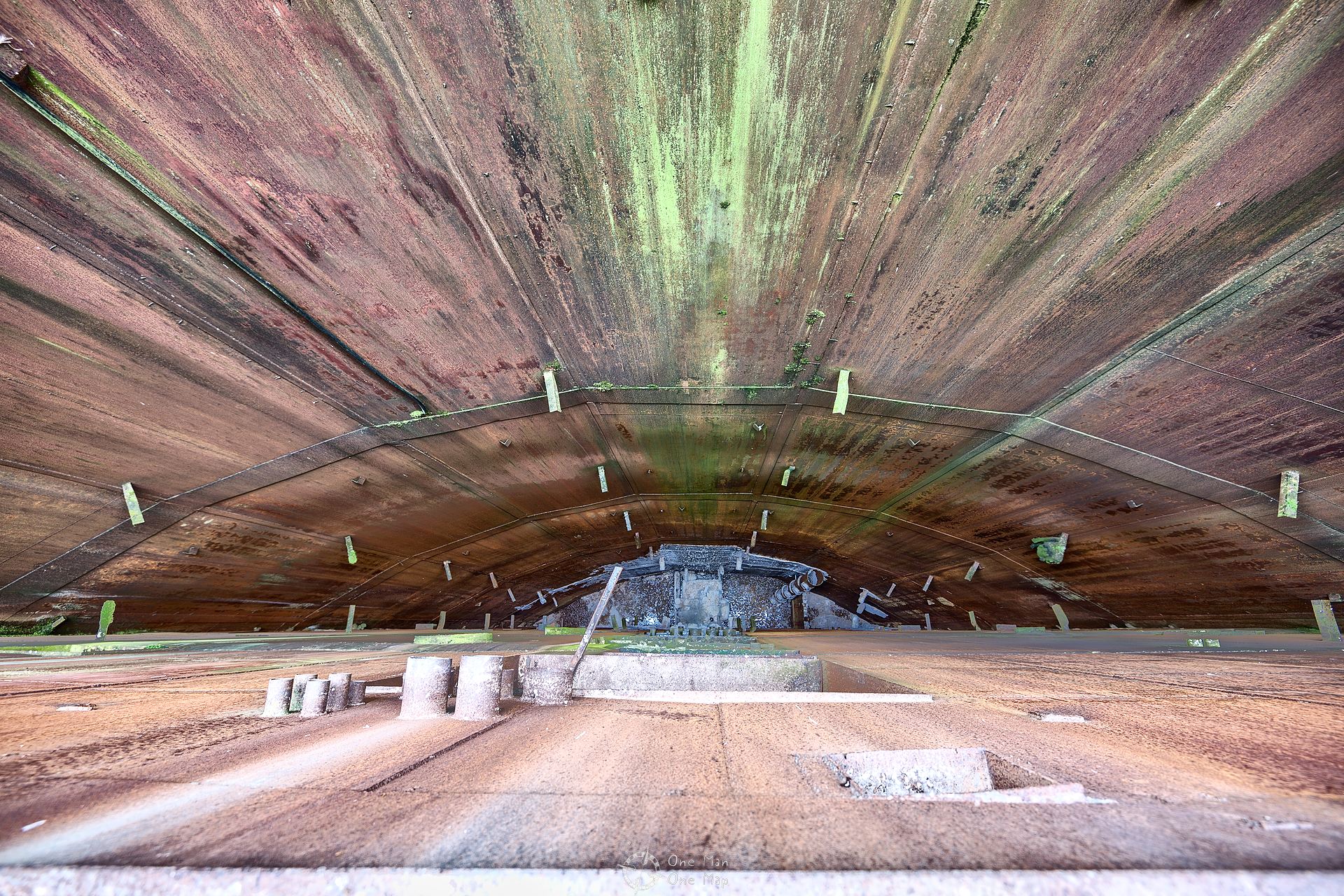
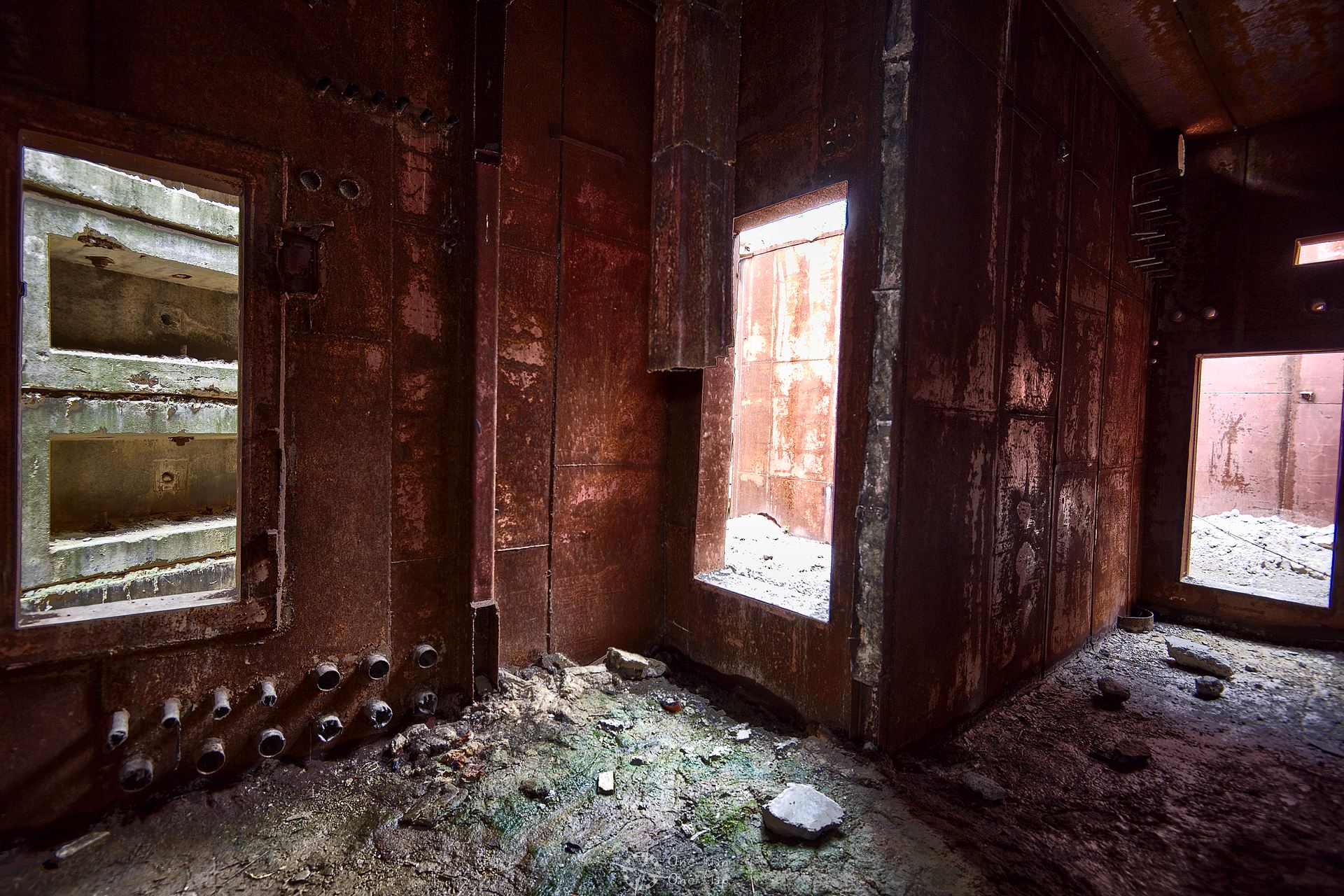
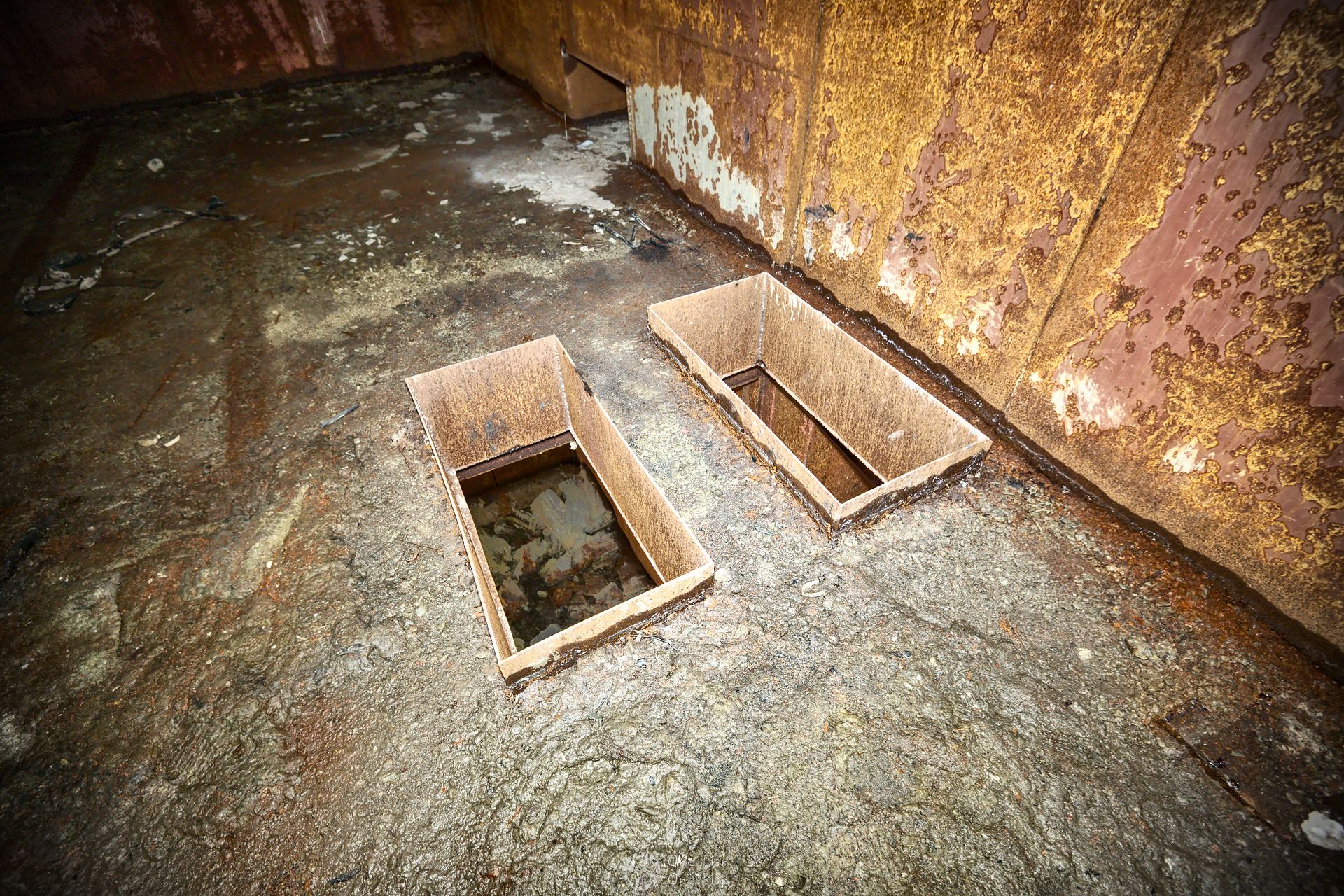
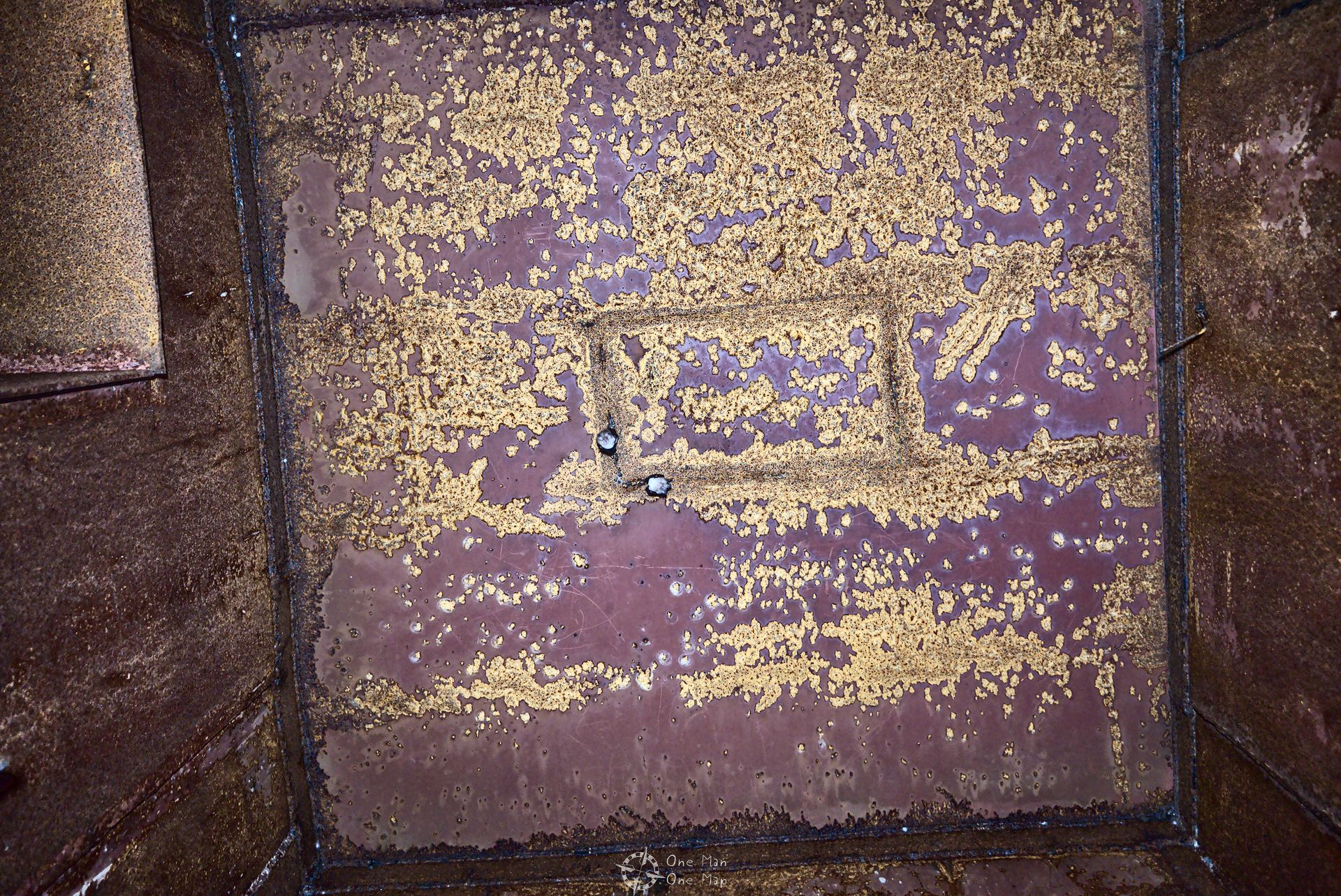
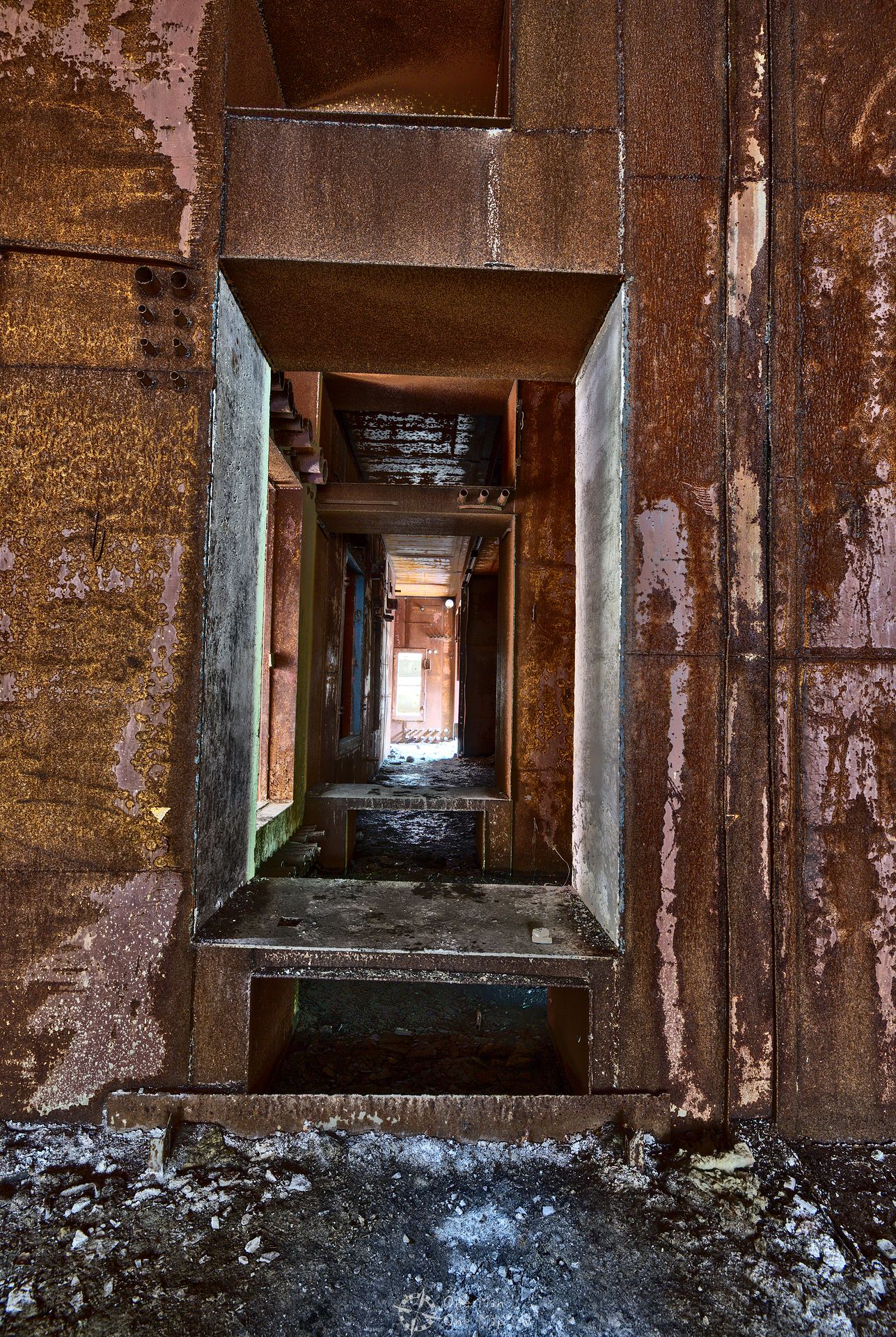
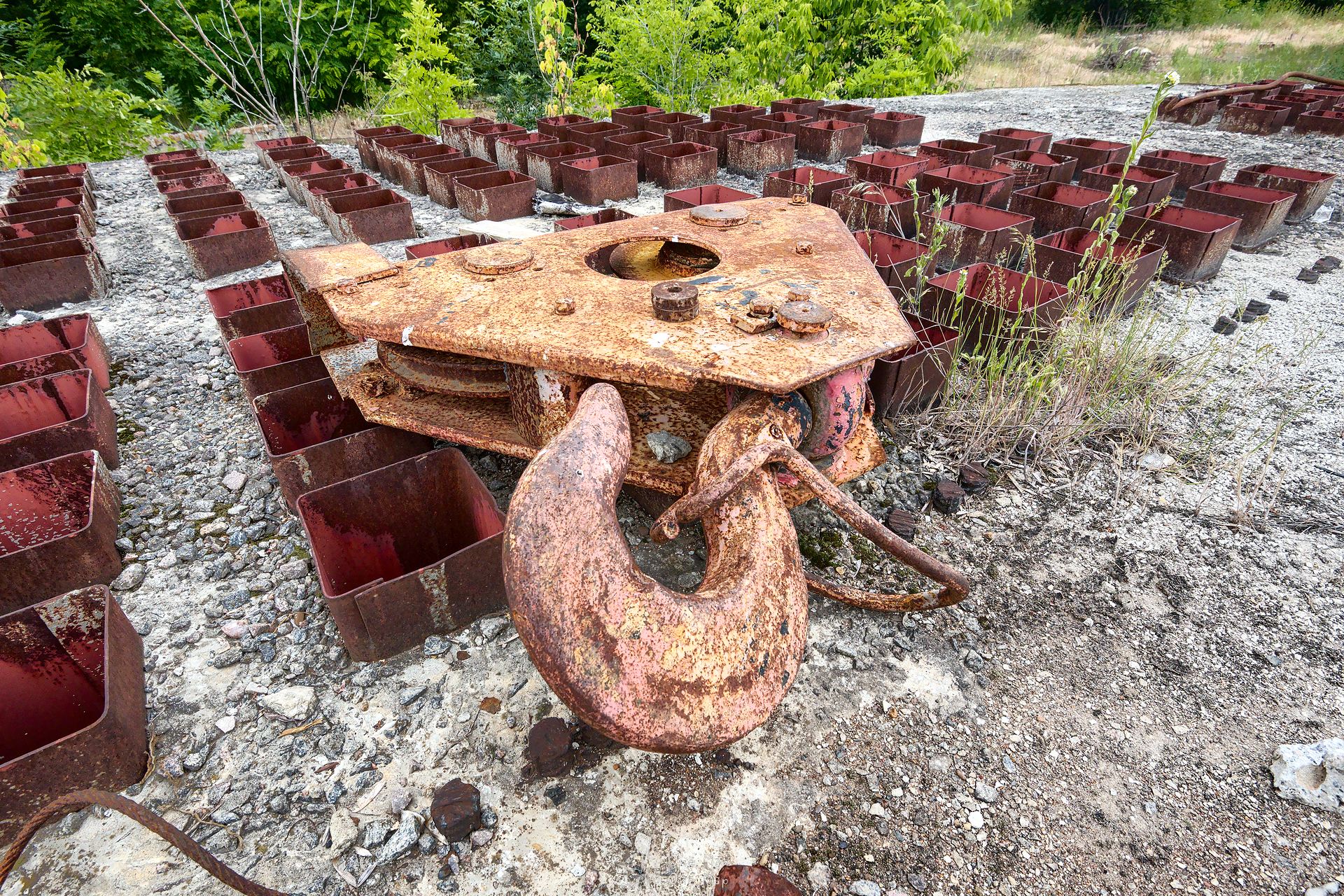
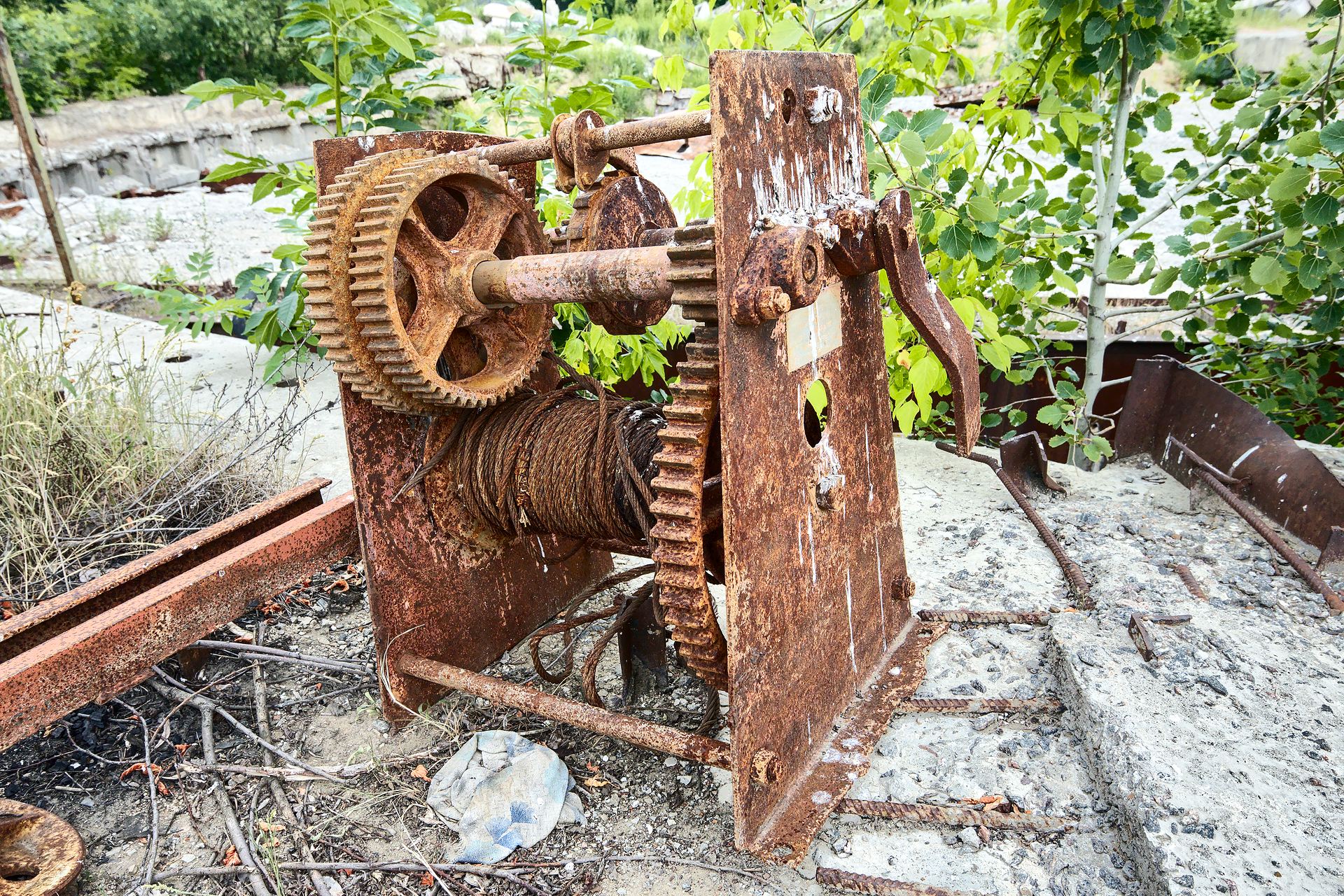

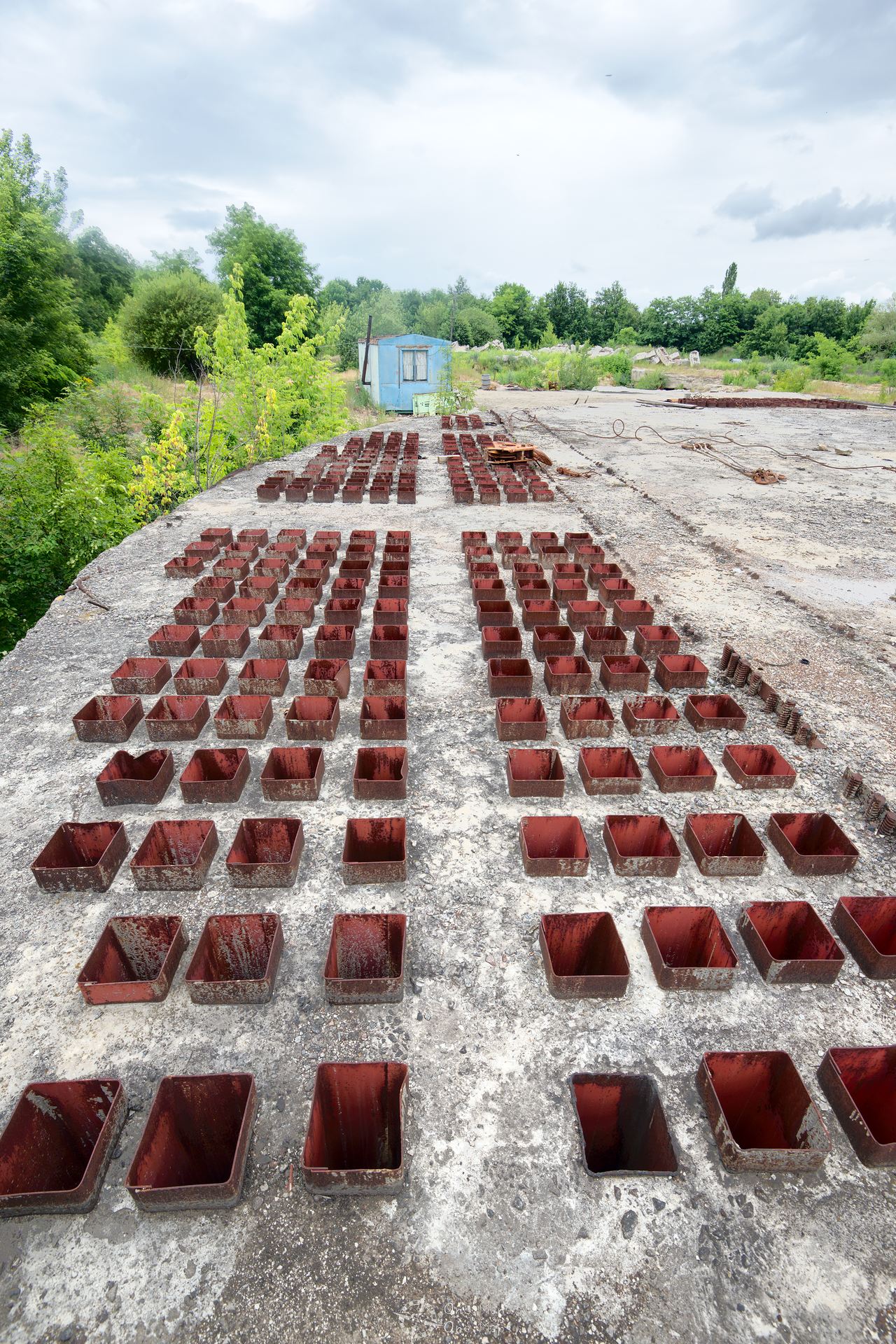
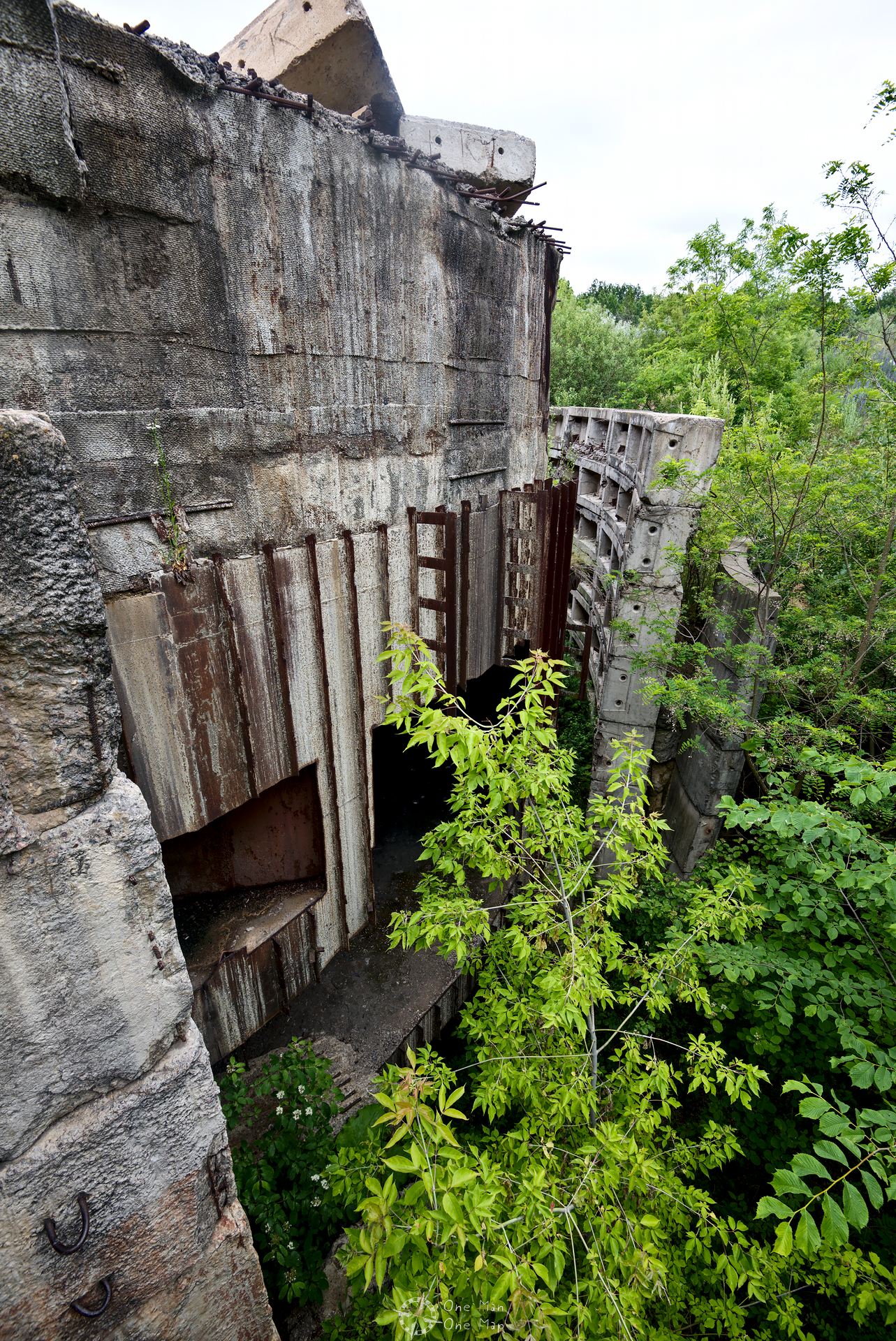
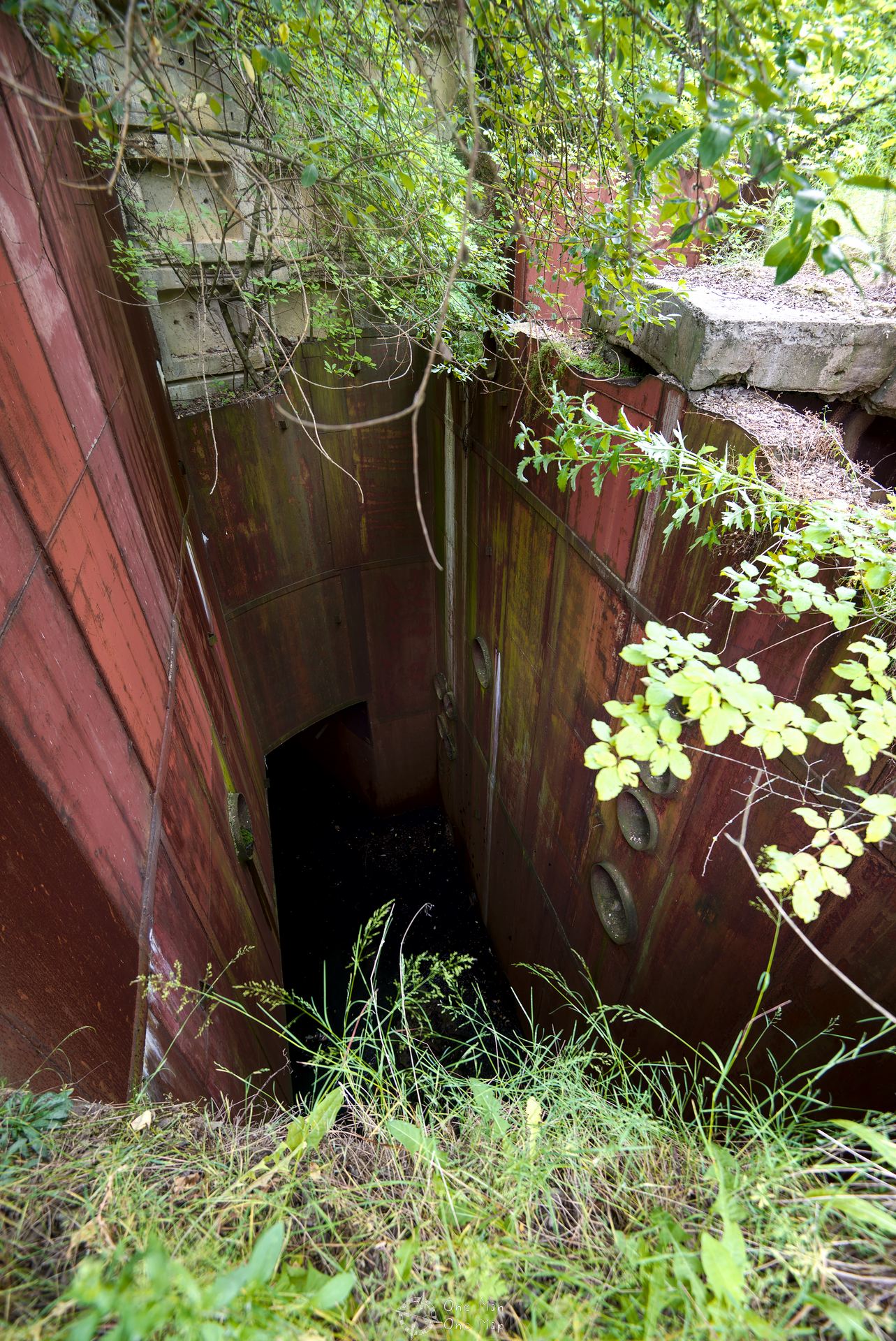
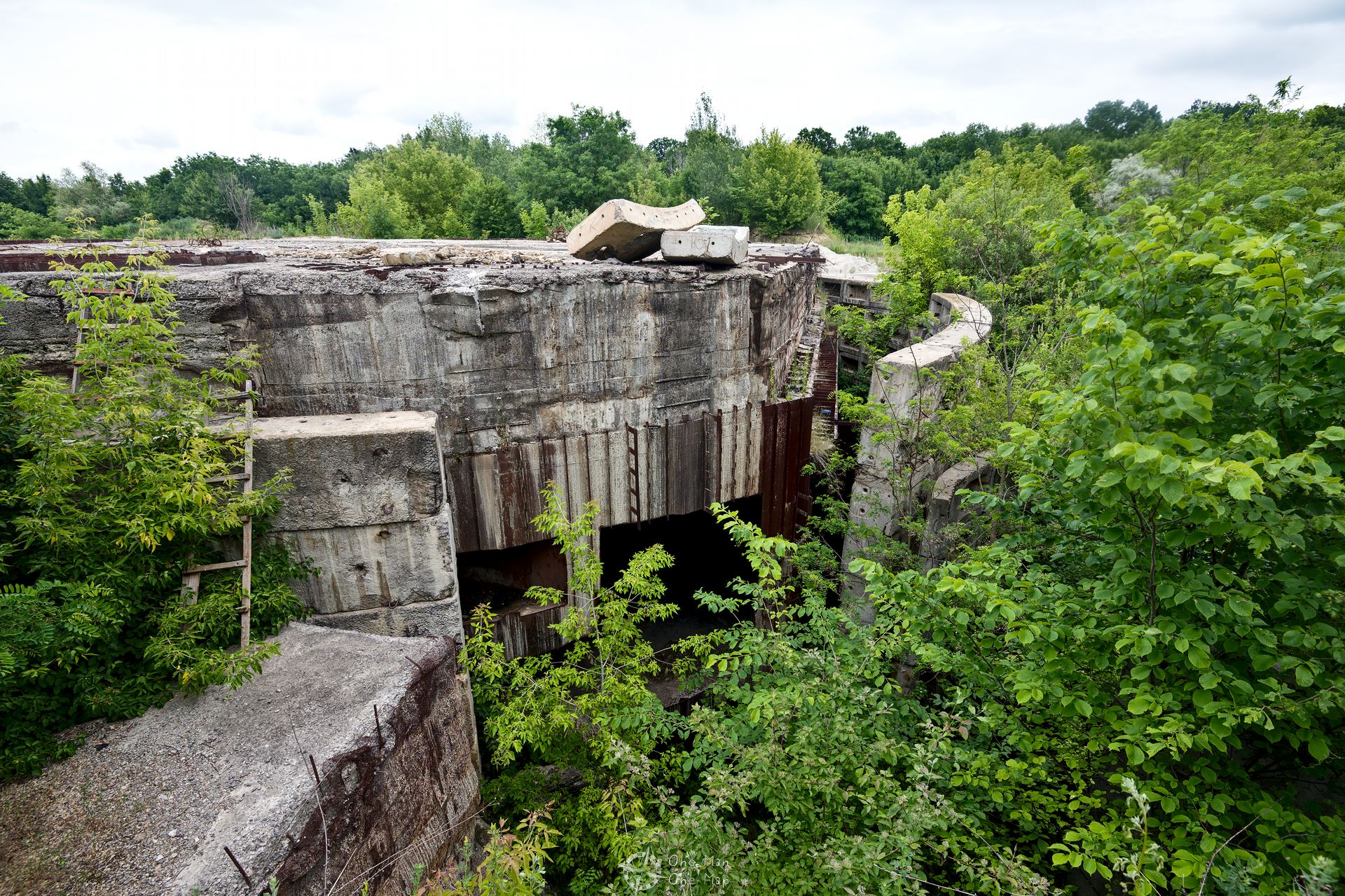
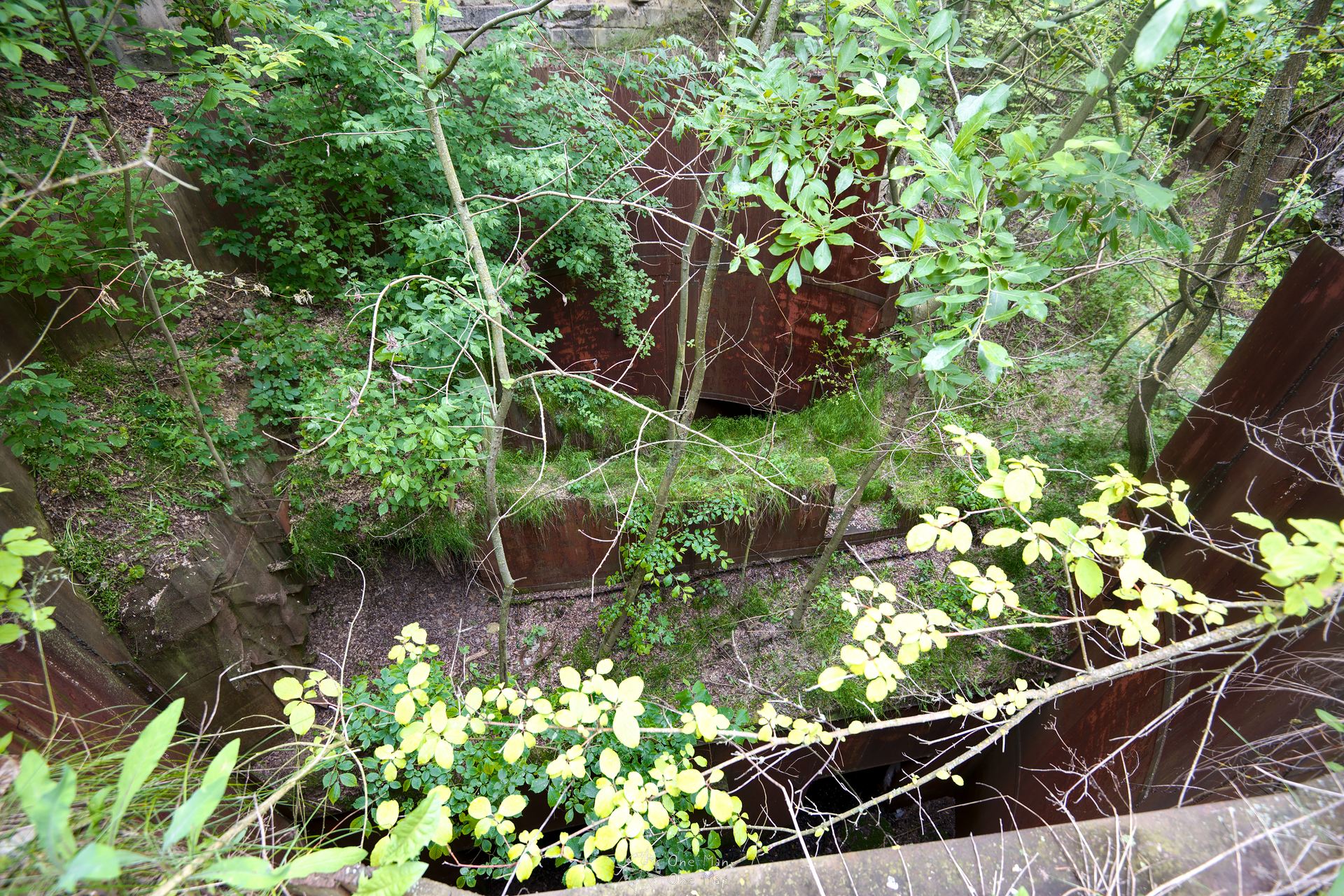
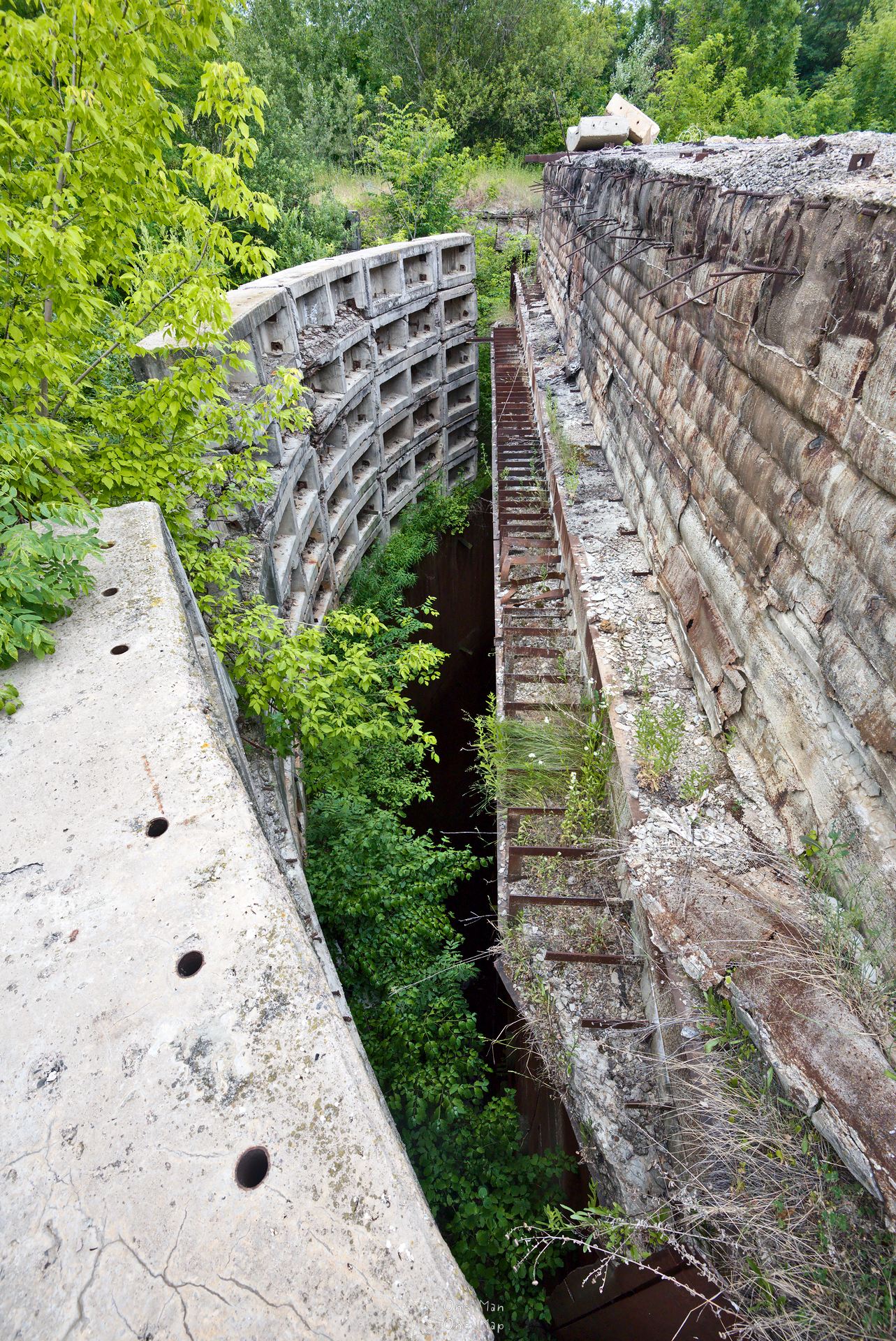
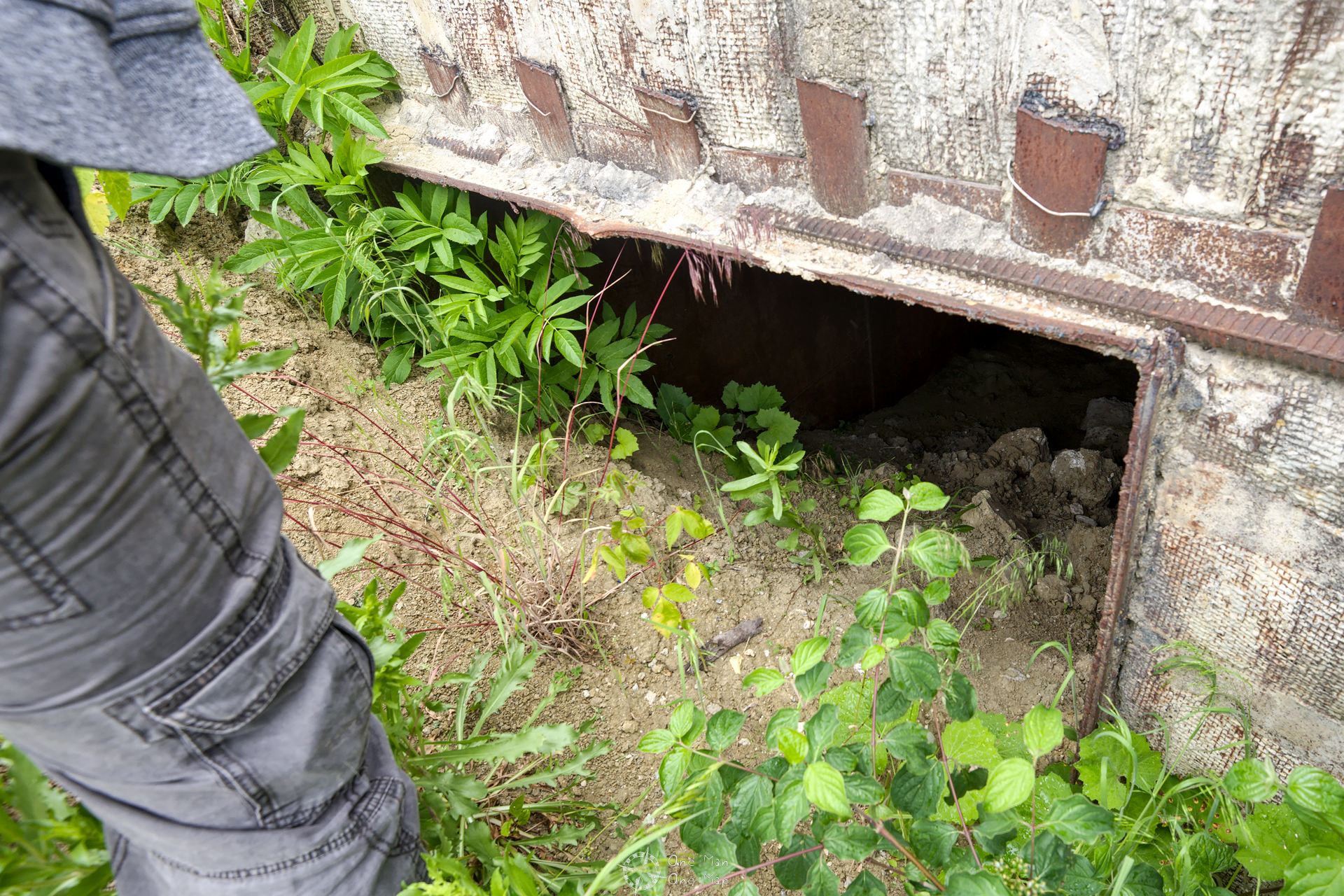
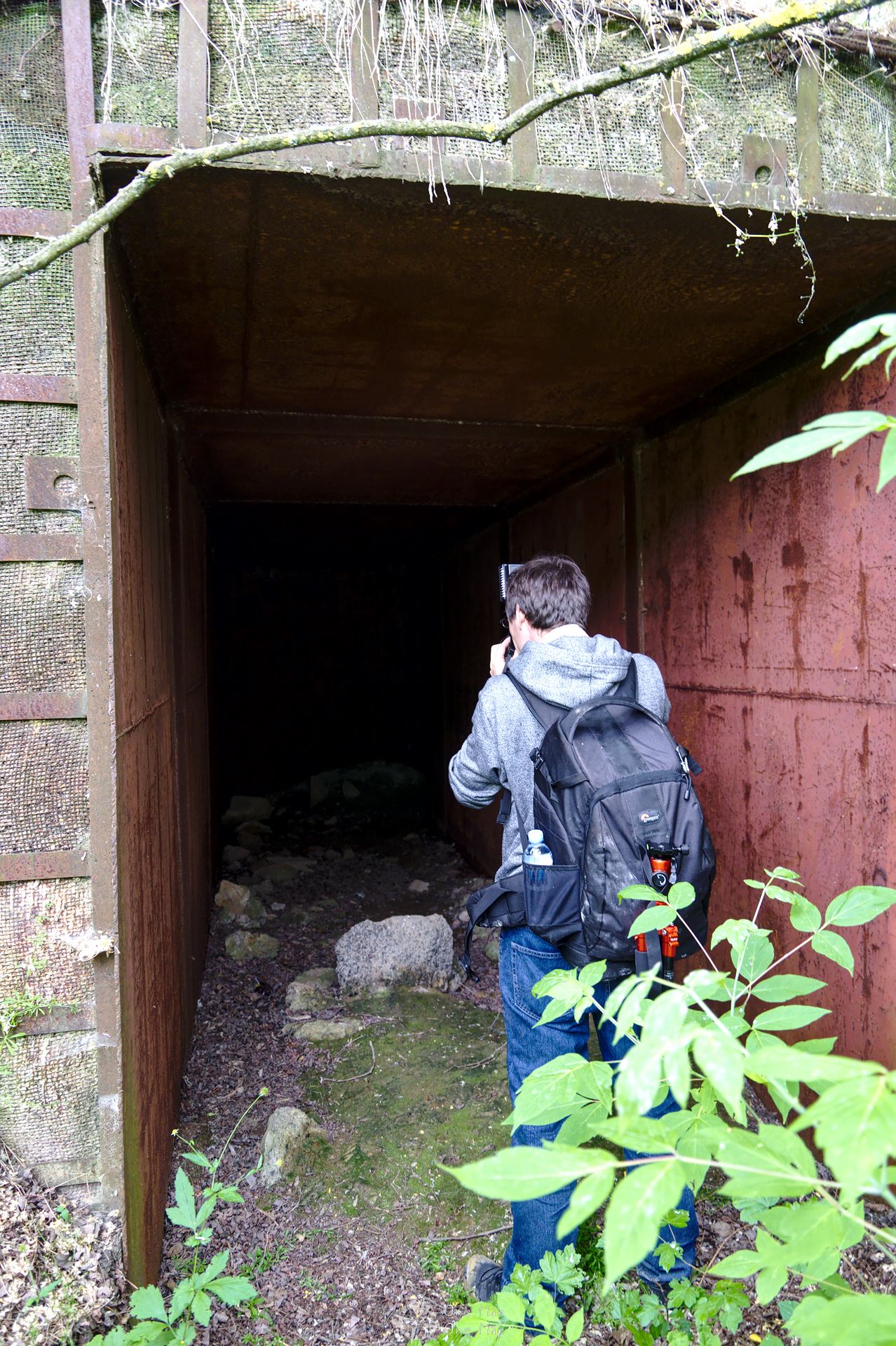
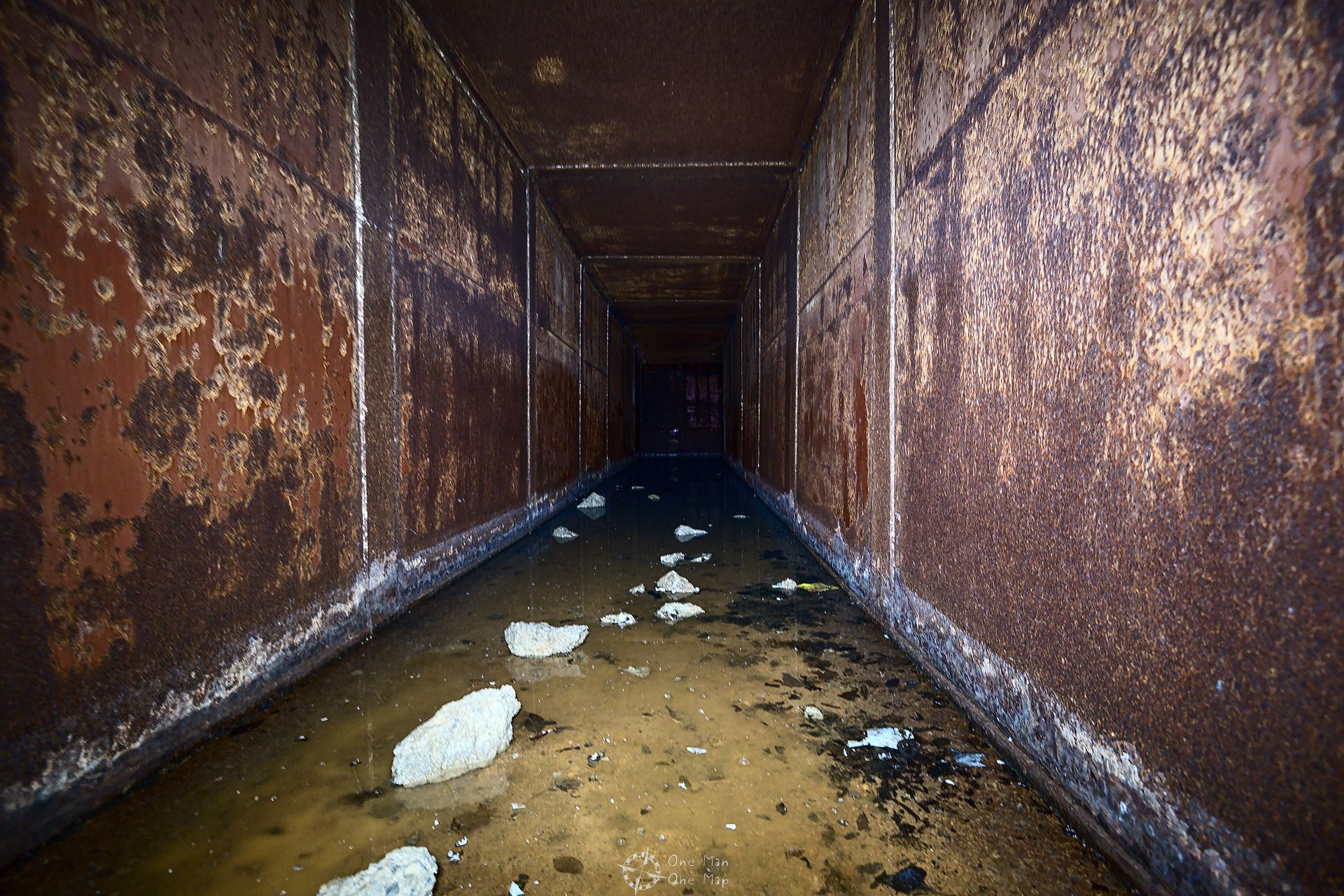
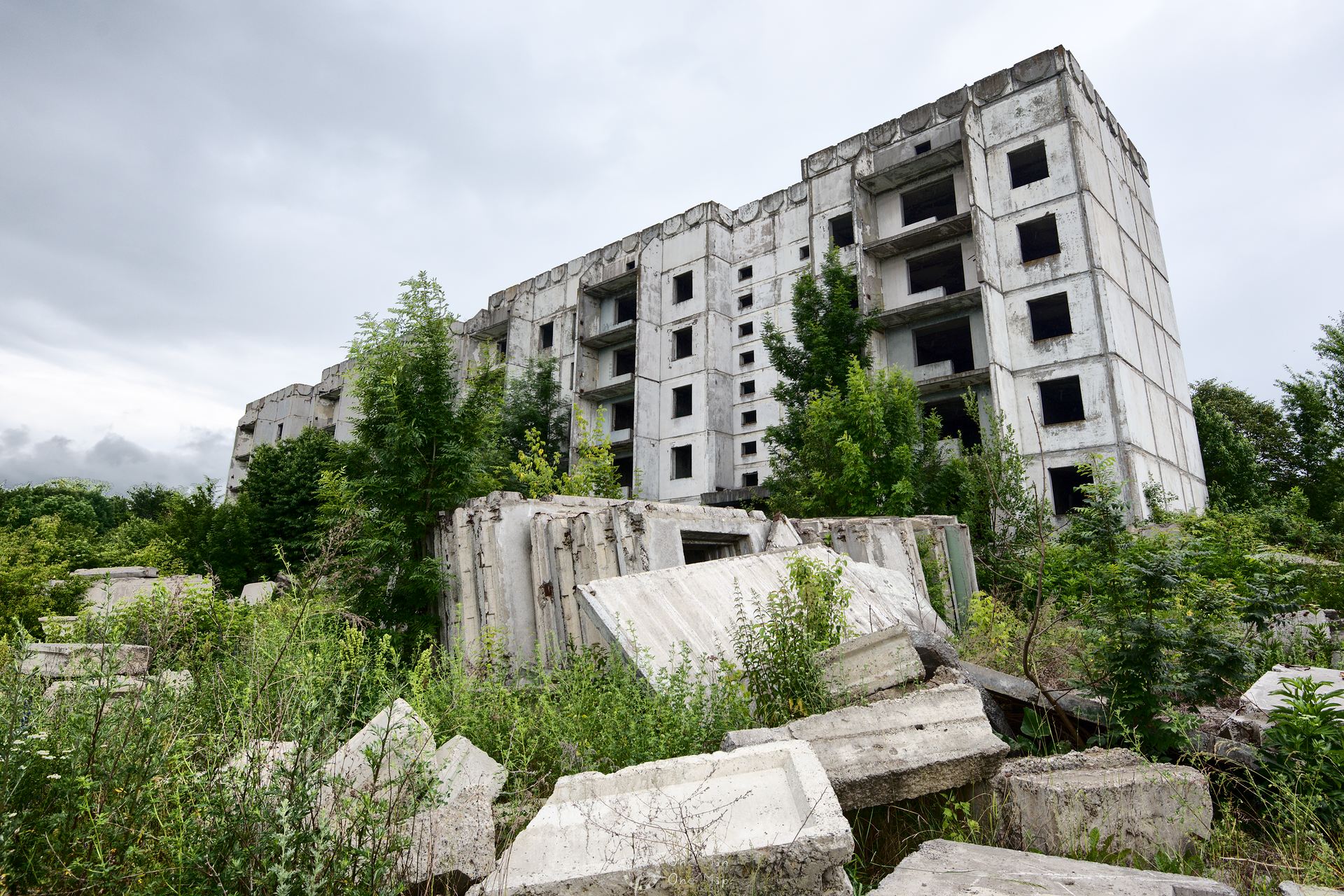
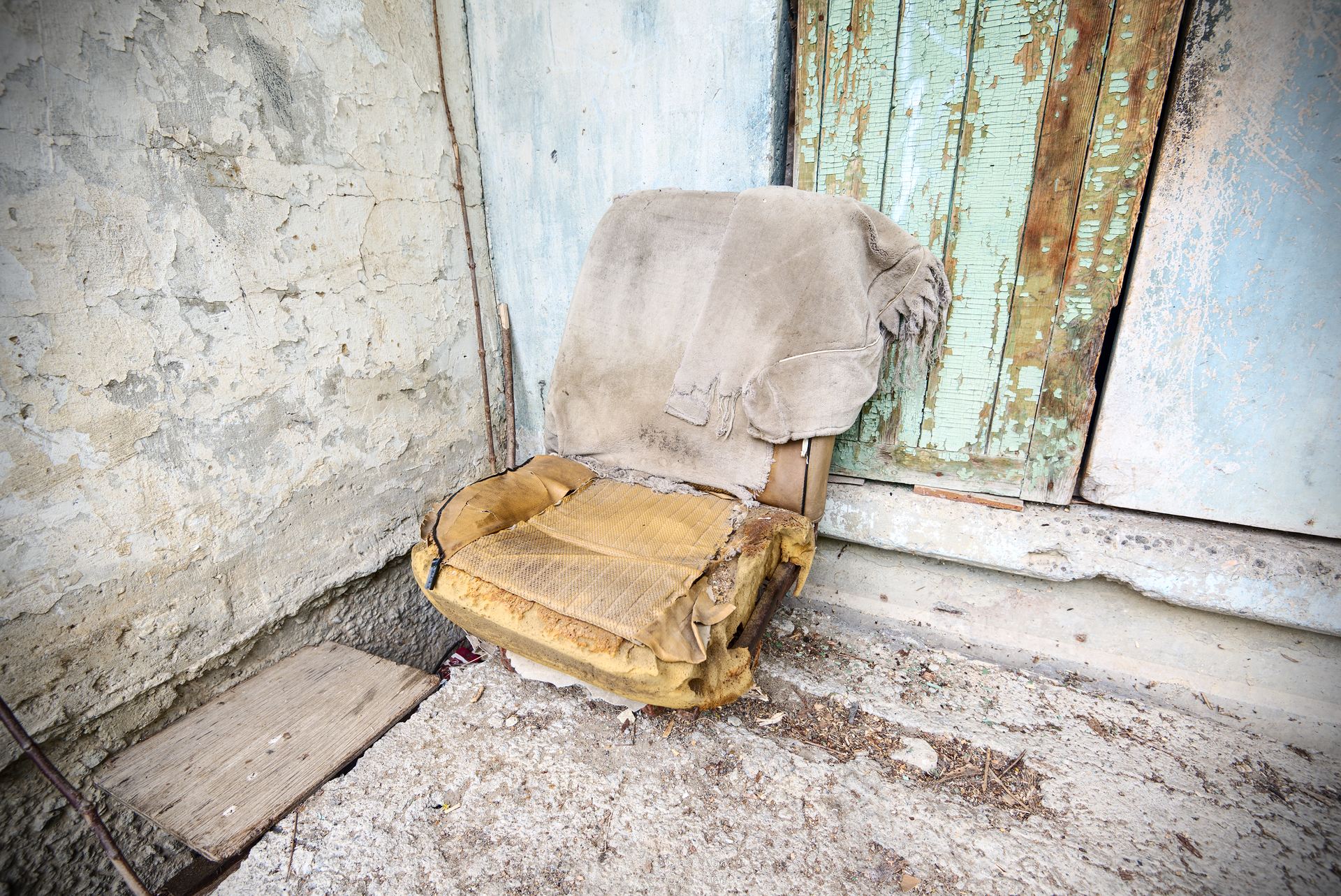
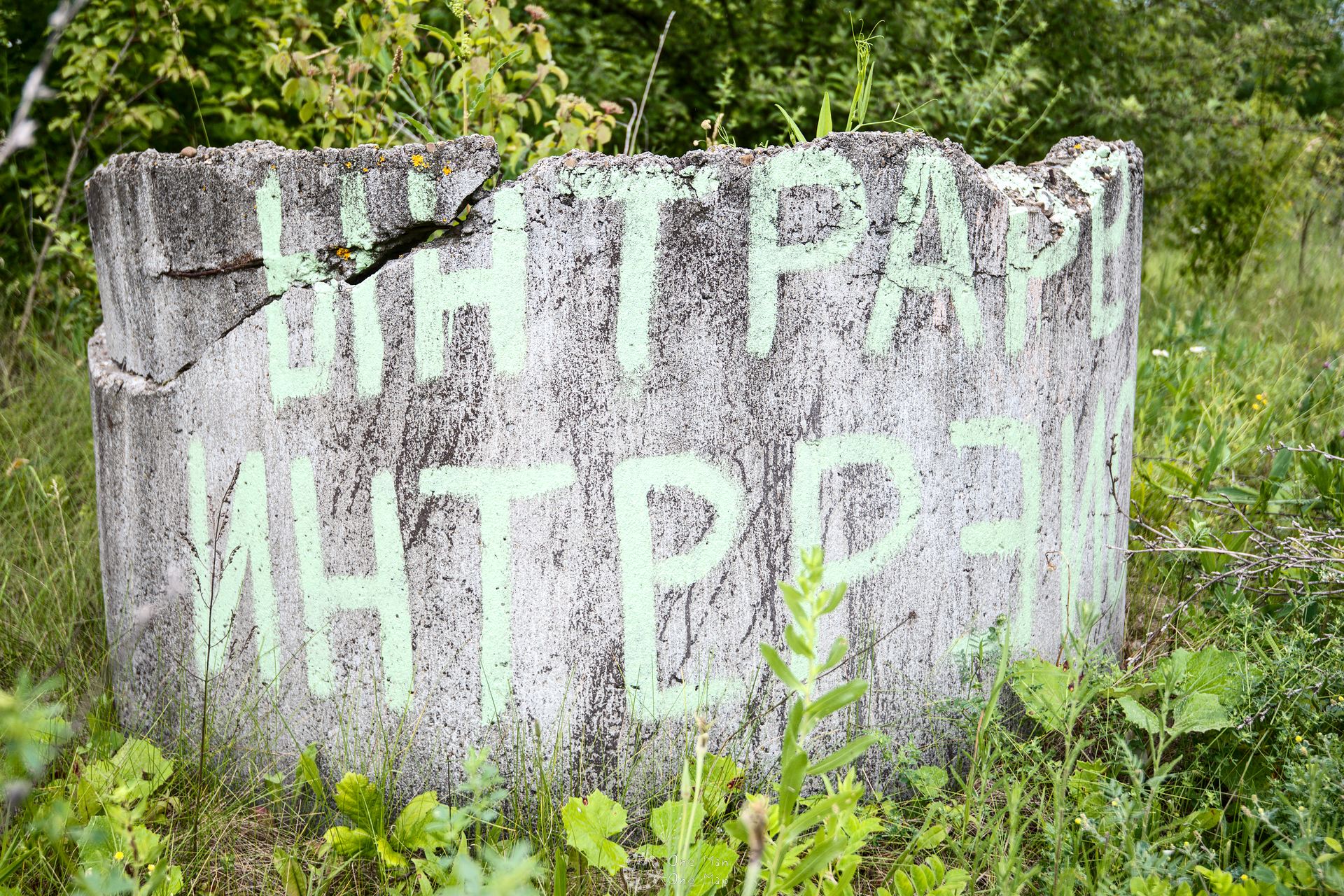
So where is this located?
It’s a Lost Place on a military areal, so I don’t disclose locations.
That’s a cool place! I was there 5 years ago and it seemed there was some activity: it was drained down to the lower connection tunnel, there were some tools and a lamp in the southern part of the bunker, so probably they were trying to scrap it. There were also makeshift wooden ladders between levels. No people around though.
If you are interested, I have some pics.
Have good explorations!
Maybe that’s why they had a guard with dogs when we were there (well, obviously he wasn’t much of a “guard” since he let us roam around for a couple of bucks, but I guess his presence does deter people who want to show up with trucks and try to dismantle it).
I’m always interested in pictures, where can I find them?
I only published a report in a forum, but it’s not in english, I can send you a link to a folder with the pics if you want.
No problem, I can read English/German/Italian/Spanish and if that’s not enough there are always translators 🙂